Bathroom vanity mirrors with lights have become a staple in modern homes, offering both functionality and style. They provide excellent lighting for grooming, makeup application, and day-to-day tasks while adding a touch of elegance to any bathroom. But have you ever wondered what goes on behind the scenes? What kind of circuitry powers these illuminated mirrors?
This article will unravel the mystery behind the technology that makes your bathroom vanity mirror with light such a practical and aesthetically pleasing addition to your home. Whether you’re a homeowner, designer, or someone simply curious about how these mirrors work, this engaging guide will explain everything you need to know.
The Importance of Proper Circuitry
The circuitry in a bathroom vanity mirror with light might not be something you actively think about, but it plays a crucial role. It determines how the LEDs (or other light sources) function, ensures energy efficiency, and provides safety in a moisture-heavy environment like your bathroom.
Quality circuitry not only powers the lights but also contributes to the durability and performance of the mirror. Faulty or poorly designed circuitry could lead to dim lighting, flickering, electrical hazards, or a significantly shorter mirror lifespan.
But don’t worry—we’ll break it all down step-by-step to help you better understand the inner workings of your lighted vanity mirror.
Types of Lights Used in Bathroom Vanity Mirrors
Before diving into the circuitry, it’s important to know what type of lights are typically used in these mirrors. Most modern bathroom vanity mirrors rely on LED lights because of their efficiency, brilliance, and longevity. Here’s why LEDs are the top choice:
· Energy Efficiency: LEDs consume far less power than traditional lighting options, saving electricity costs over time.
· Long Lifespan: High-quality LEDs often last 25,000 to 50,000 hours or more.
· Enhanced Brightness: They provide bright, even illumination for all your grooming needs.
· Eco-Friendly: These lights emit minimal heat and contain no harmful chemicals like mercury.
Other types of lighting, such as fluorescent bulbs, are rare today because LEDs outperform them in nearly every category. This makes most circuits in a bathroom vanity mirror with light specifically designed to accommodate LED technology.
How Circuitry Powers the Lights
At the heart of every bathroom vanity mirror with light lies its electrical circuitry, which consists of interconnected components that make the system run smoothly. Below is a breakdown of how this works:

1. LED Driver Circuitry
The LED driver is the key component that controls how electricity flows to the light source. Since LEDs run on low-voltage DC (direct current), the driver converts standard household AC (alternating current) into the voltage and current levels required. This ensures consistent, flicker-free lighting.
Key characteristics of LED drivers include:
· Voltage Regulation: Prevents overloading or underpowering the lights.
· Surge Protection: Guards against power surges that could damage the lights.
· Compatibility: Works seamlessly with dimmers, allowing users to adjust brightness to their preference.
2. Touch Sensors and Smart Features
Many premium mirrors, like those offered by Wellfor, come equipped with modern features such as touch sensors, dimmable lights, and color temperature settings. These features are integrated into the circuitry to enhance user convenience and functionality.
Examples of smart circuitry include:
· Capacitive Touch Sensors: Allow the user to turn the lights on/off or adjust brightness by simply touching the mirror’s surface.
· Thermal Protection: Built into the circuit to prevent overheating.
· Smart Memory Functionality: Some mirrors remember your preferred brightness and color settings.
3. Integrated Circuits for Advanced Control
For mirrors with additional features, such as defogging capabilities or Bluetooth connectivity, integrated circuits (ICs) enable multi-functionality. These ICs control electronic signals to manage features like:
· Fog-less technology for maintaining a clear surface.
· Bluetooth audio for connecting your devices to built-in speakers.
· LED color adjustments (e.g., warm, neutral, or cool lighting).
4. Power Supply
The power supply unit (PSU) connects your mirror to your home’s electrical system. Most bathroom vanity mirrors with lights are hardwired directly into the bathroom’s mains power supply. However, some models designed for convenience, like select options from Wellfor, also offer a plug-in installation.
When hardwiring, it’s essential to ensure the circuitry meets strict safety standards, as the bathroom environment poses unique electrical challenges (more on safety in the next section).
Ensuring Safety in a Moist Environment
Bathrooms are notorious for being humid environments, which can pose risks to electrical equipment if the circuitry isn’t properly designed. That’s why your bathroom vanity mirror with light is built to adhere to stringent safety standards. Here’s how:
· Moisture-Resistant Circuitry: Most mirrors use sealed circuitry to prevent water damage and reduce the risk of short circuits.
· Ground Fault Circuit Interrupters (GFCI): Electrical systems in bathrooms should include a GFCI to prevent electrical shock.
· Low-Voltage Operation: LED driver circuitry ensures smooth operation at low-voltage levels, minimizing the risk of electricity-related accidents.
If you’re planning a DIY mirror installation, always consult an electrician to ensure compliance with local building codes and safety standards.
Benefits of Choosing High-Quality Circuitry
Investing in a bathroom vanity mirror with lights that features top-notch components isn’t just a decision of convenience. Here are the key advantages of choosing a well-designed circuit system:
· Reliability: You can trust that your lights will work consistently without flickering or dimming.
· Energy Savings: Efficient circuitry reduces unnecessary energy consumption, saving you money on utility bills.
· Longer Lifespan: Fewer instances of voltage fluctuation or overheating translate to a more durable product.
· User-Friendly Features: Advanced functionalities, such as dimming and defogging, are more seamless and reliable.
For example, Wellfor bathroom vanity mirrors with light are known for their excellent build quality and cutting-edge circuitry, ensuring they deliver both style and dependability.
Tips for Choosing the Right Bathroom Vanity Mirror with Light
Now that you’ve learned how the circuitry works, it’s time to find the perfect lighted vanity mirror for your home. Here are some tips to guide you:
1. Check the Light Source
Opt for LED lighting due to its energy efficiency, brightness, and long lifespan.
2. Look for Modern Features
Smart features, such as dimming, touch control, and defogging systems, can elevate your experience and make your daily routine easier.
3. Ensure Safety Standards
Choose mirrors that meet safety certifications and are designed for wet environments, particularly with sealed or water-resistant circuitry.
4. Review the Build Quality
Reputable brands like Wellfor focus on durable materials and dependable circuitry, so you can trust their products to last.
5. Consider Aesthetics
The design should complement your bathroom décor, whether you prefer minimalistic, contemporary, or luxury styles.
6. Sizing and Fit
Make sure the mirror size suits your vanity and doesn’t overpower the space.
Final Thoughts
While the beauty and ambiance of a bathroom vanity mirror with light often steal the spotlight, its advanced circuitry is the unsung hero behind the scenes. From an efficient LED driver to smart-touch sensors and safety features, every circuit is meticulously crafted to ensure reliability, energy efficiency, and user-friendliness.
Whether you’re upgrading your space or starting fresh, mirrors like those offered by Wellfor are an excellent investment. They combine sleek design, cutting-edge technology, and safe, durable components that continue to impress homeowners across the U.S.
When choosing your new bathroom vanity mirror, don’t just focus on how it looks. Dig a little deeper, consider the circuitry, and you’ll find the perfect balance of style and functionality. Safe, stylish, and smart—that’s the bright future of lighted vanity mirrors.

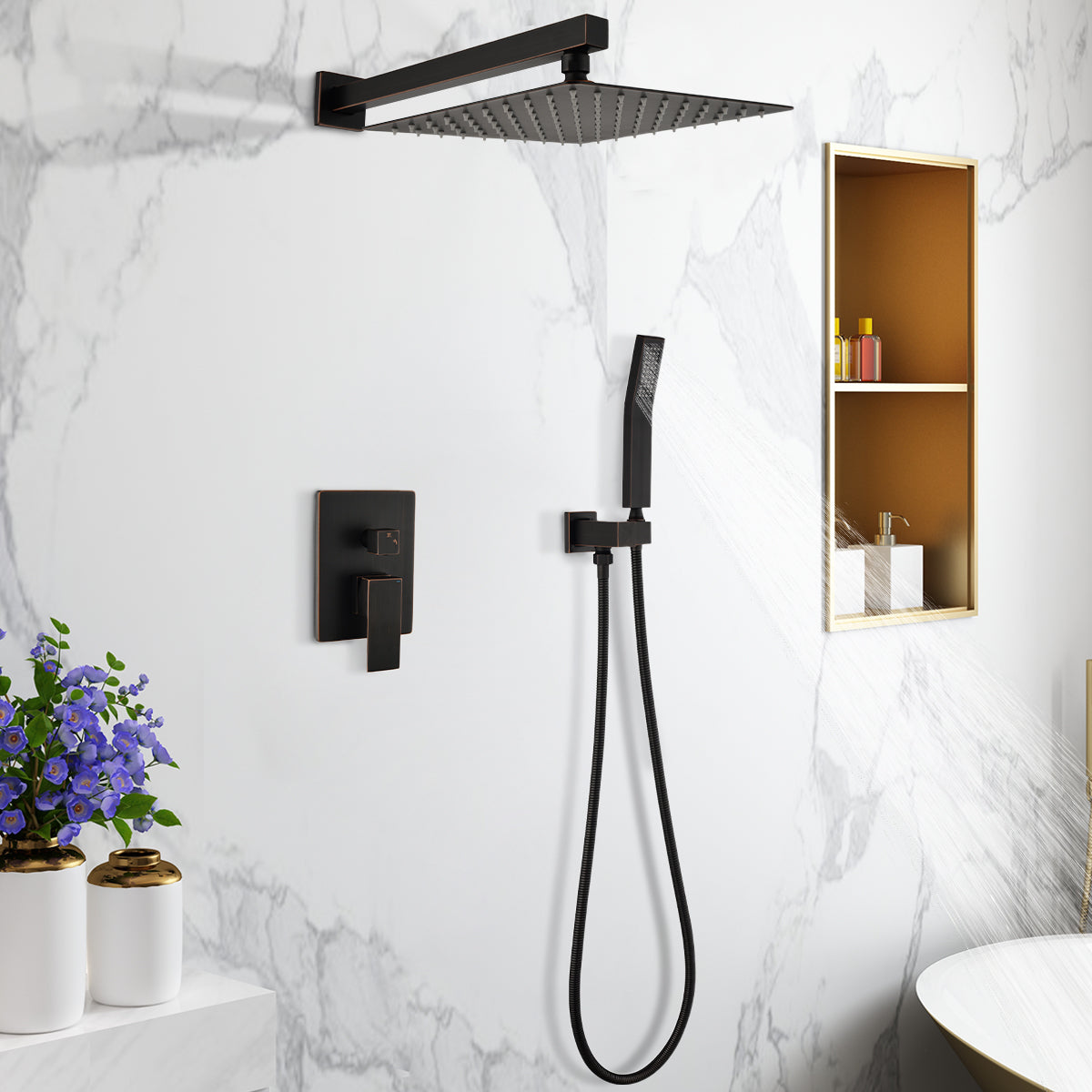
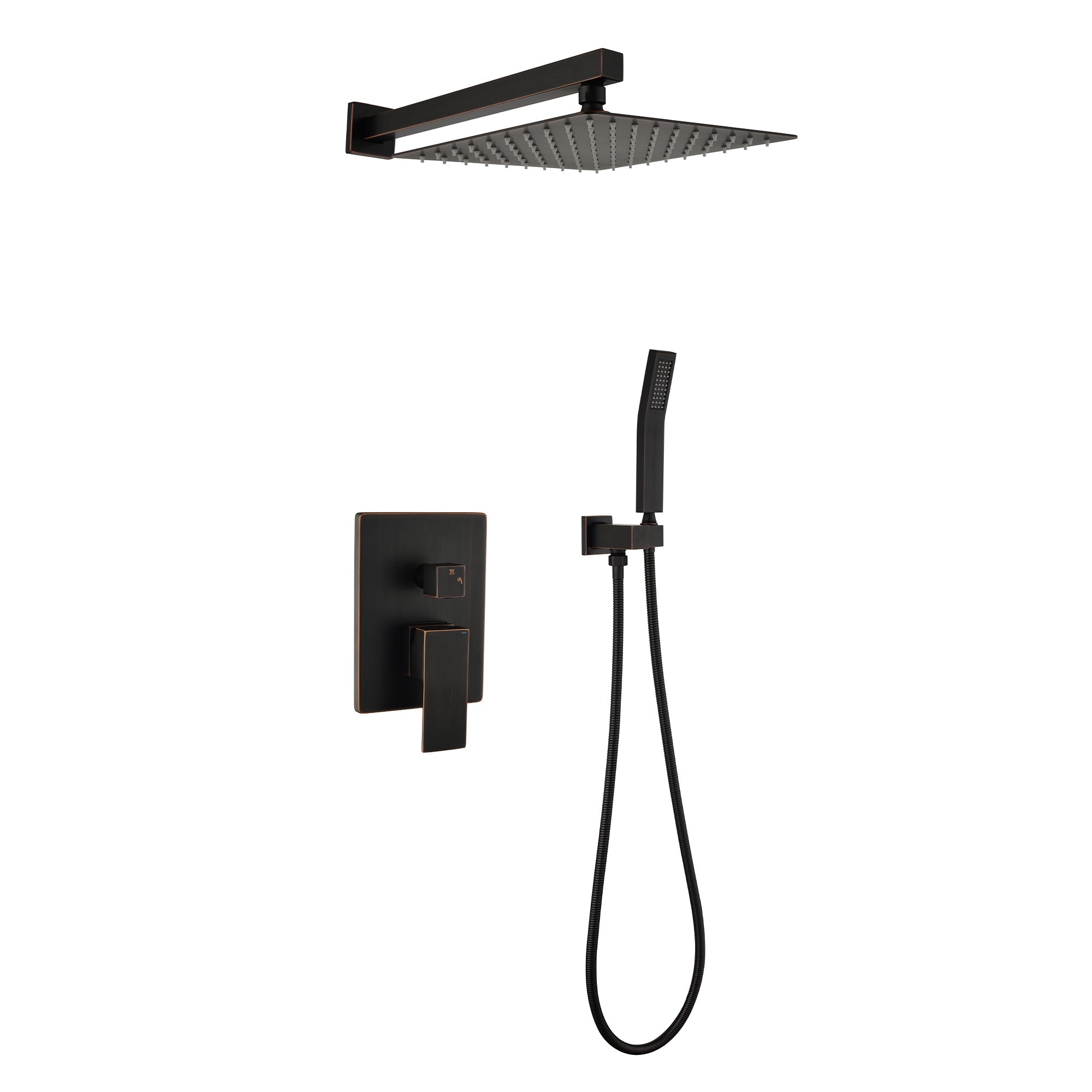


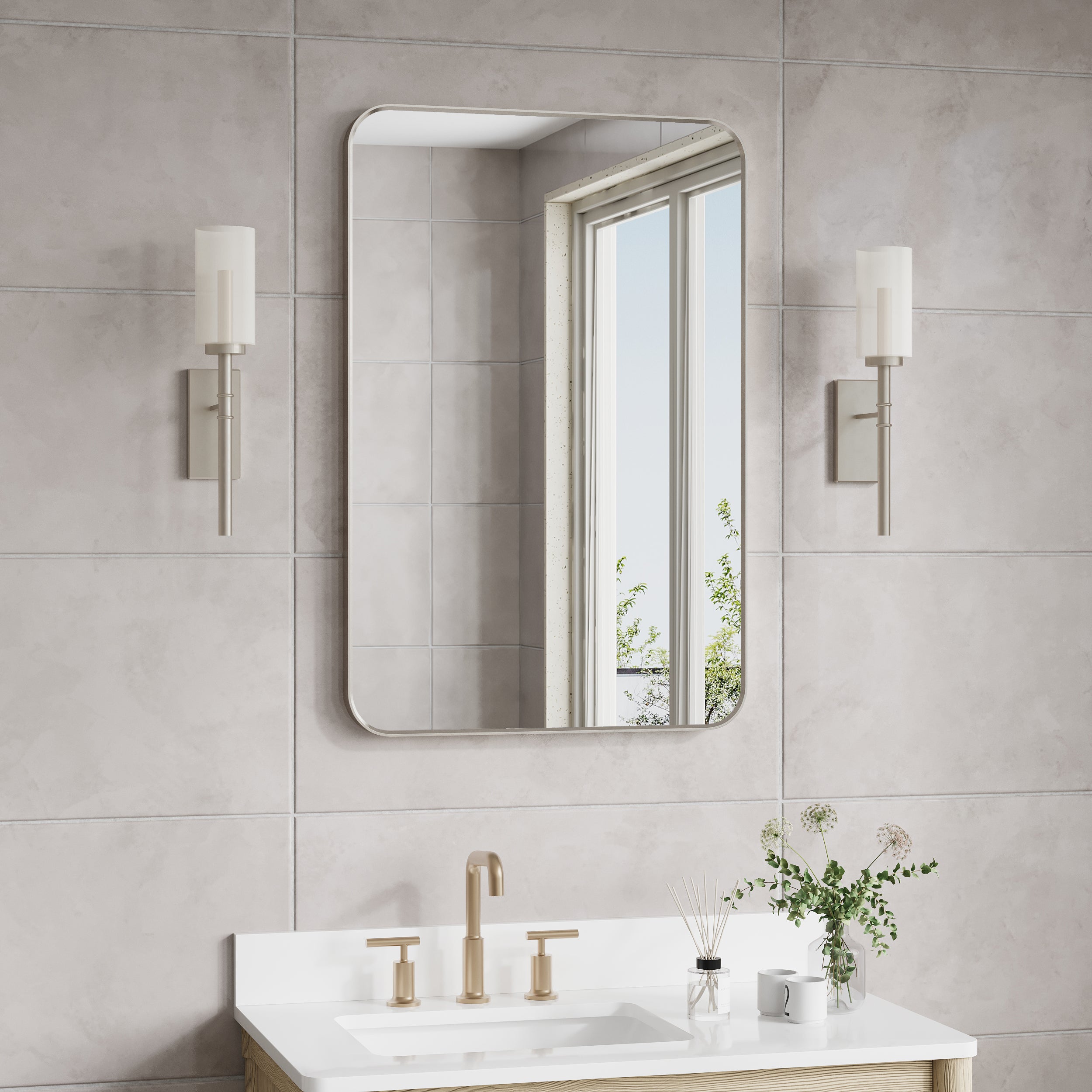
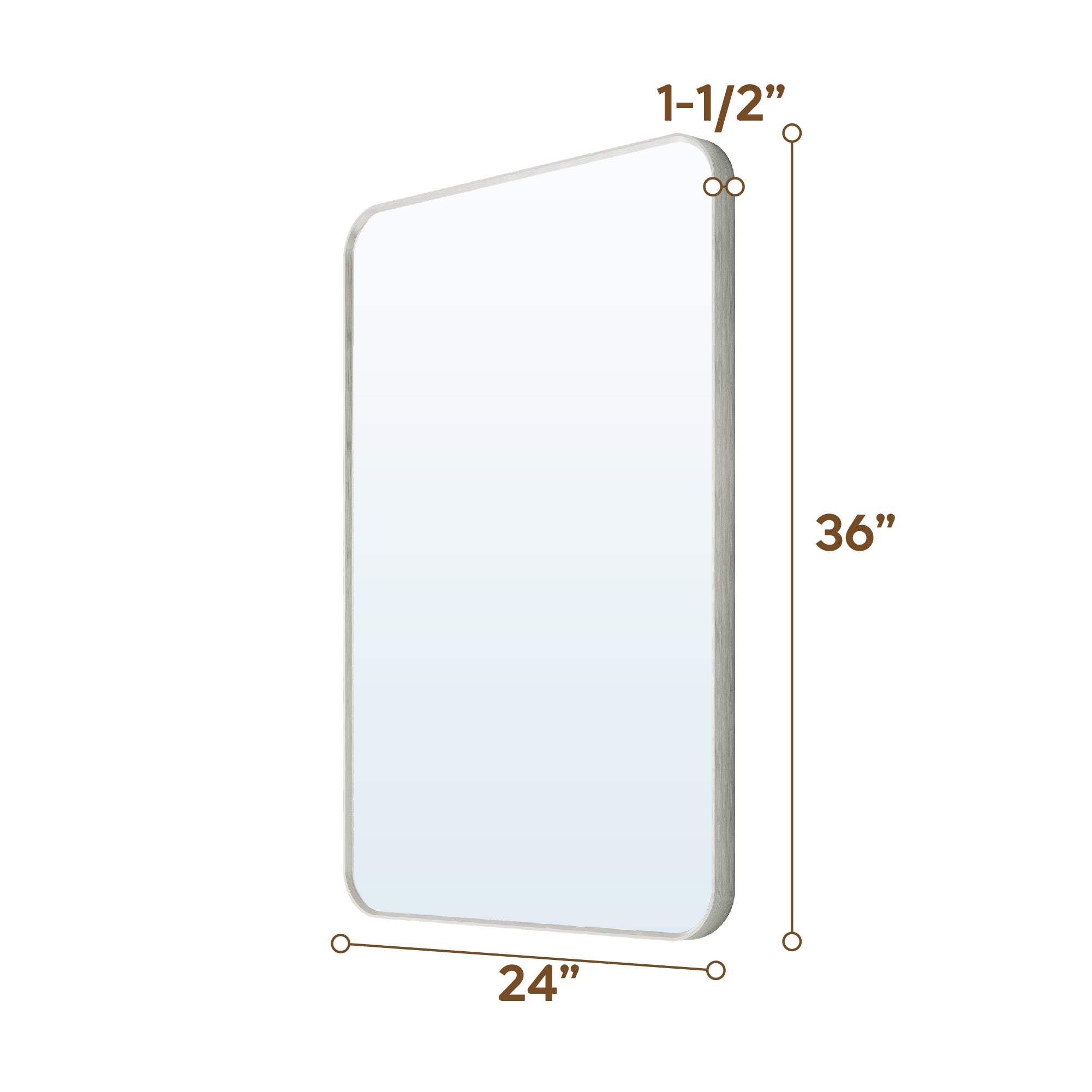

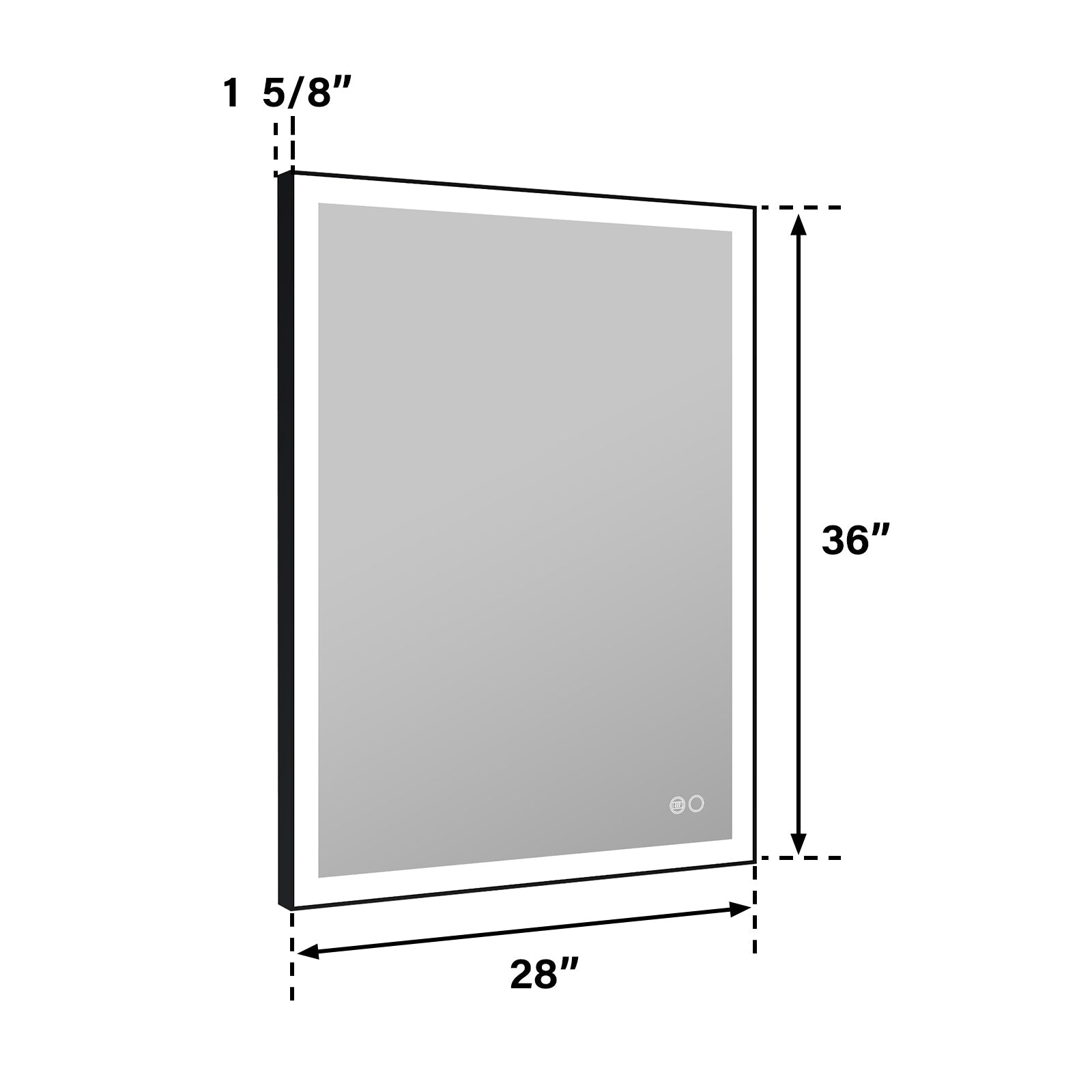


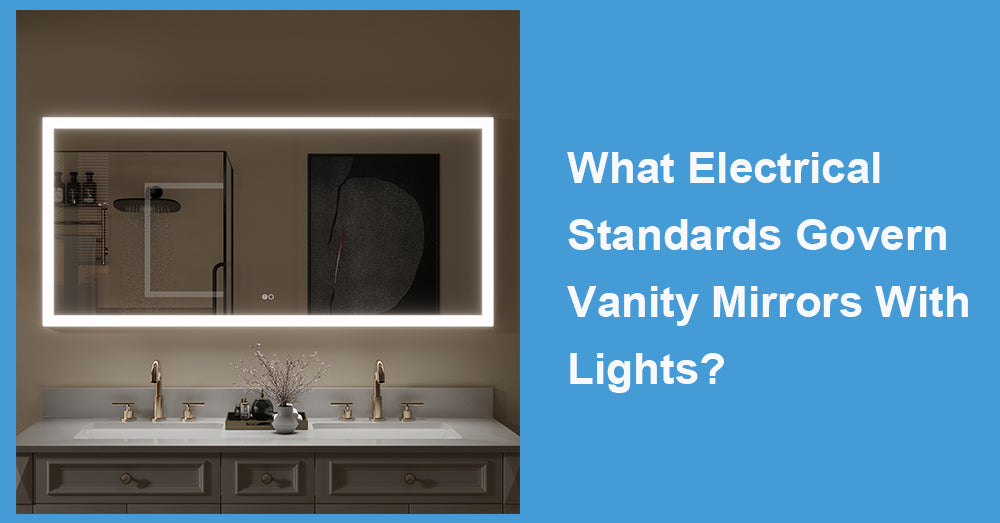
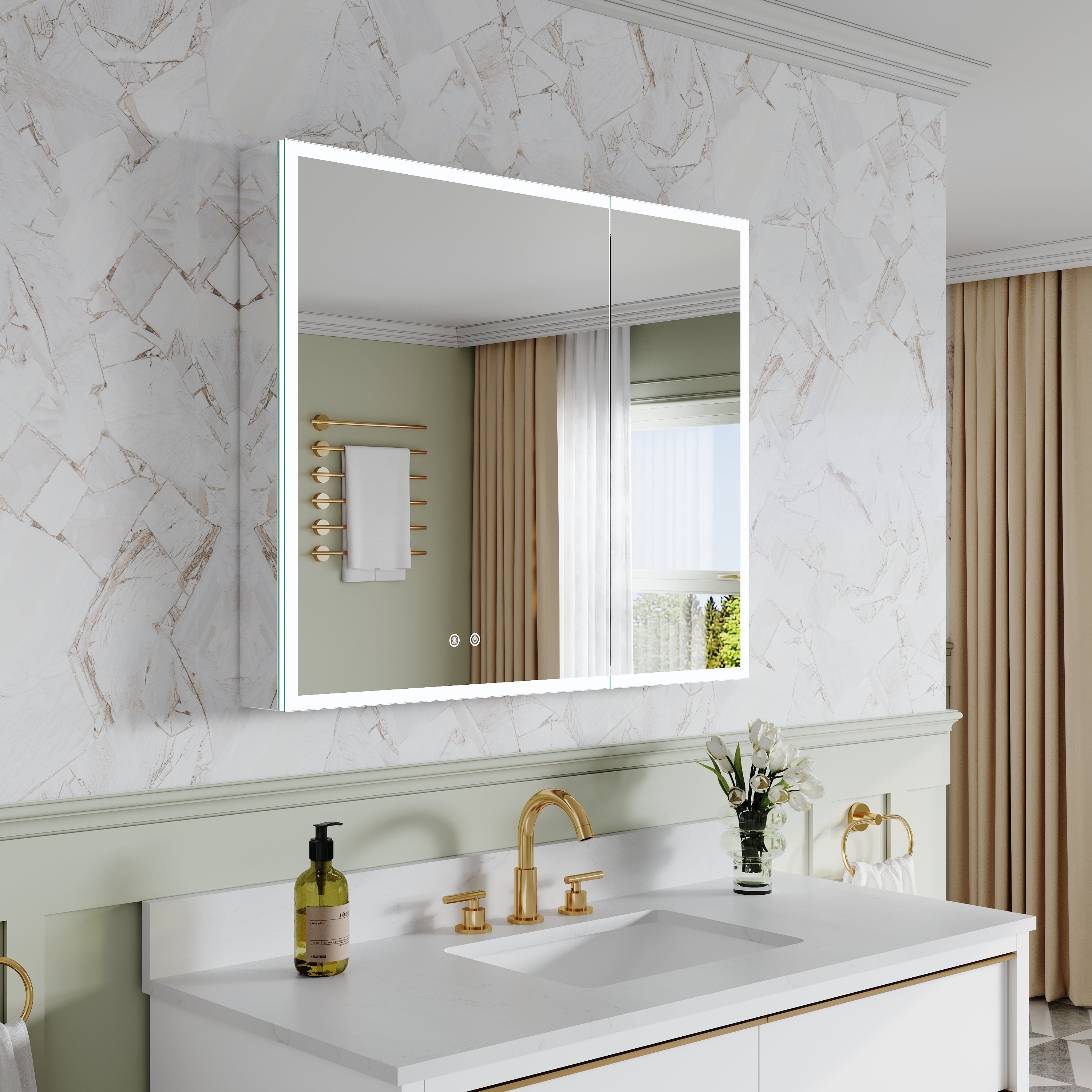
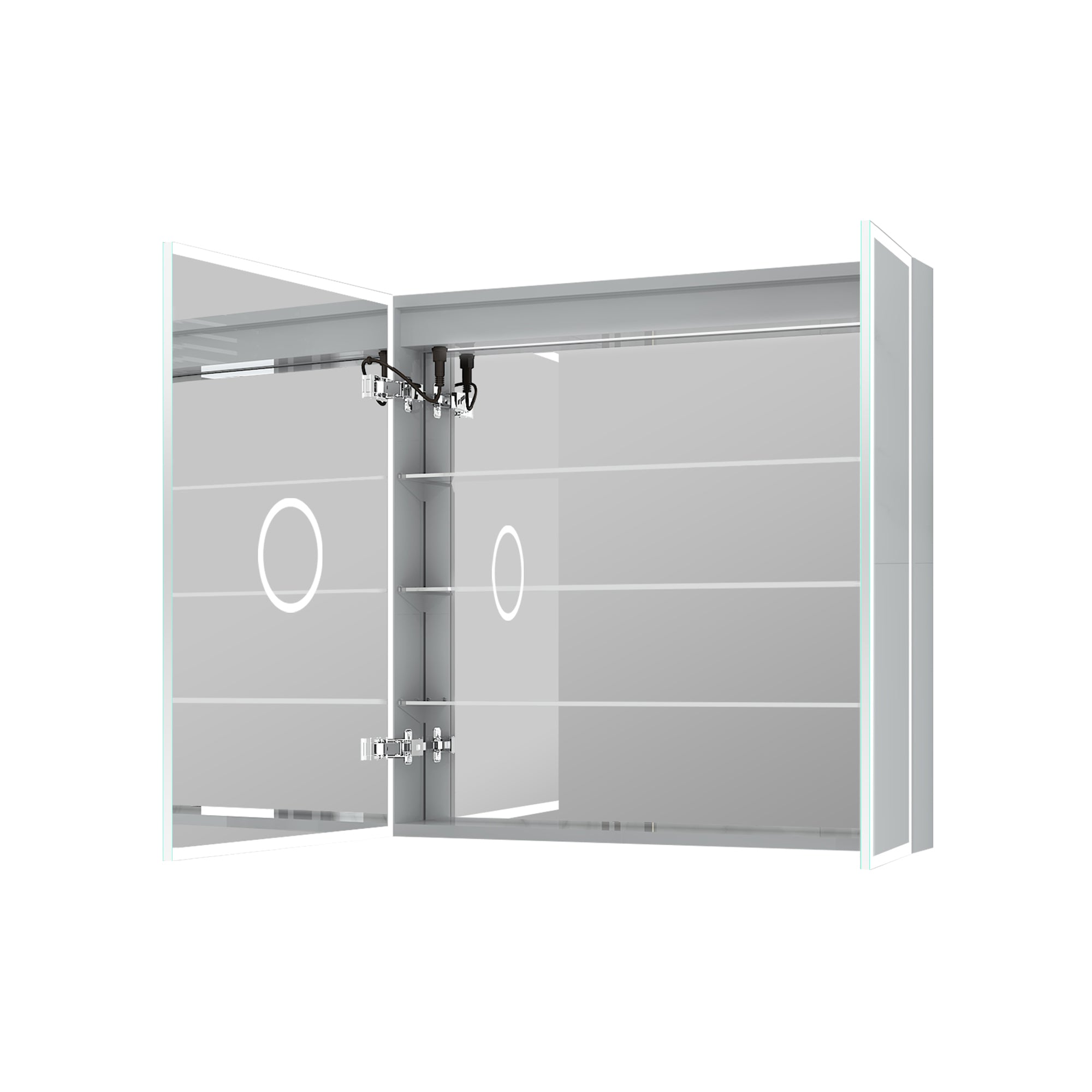


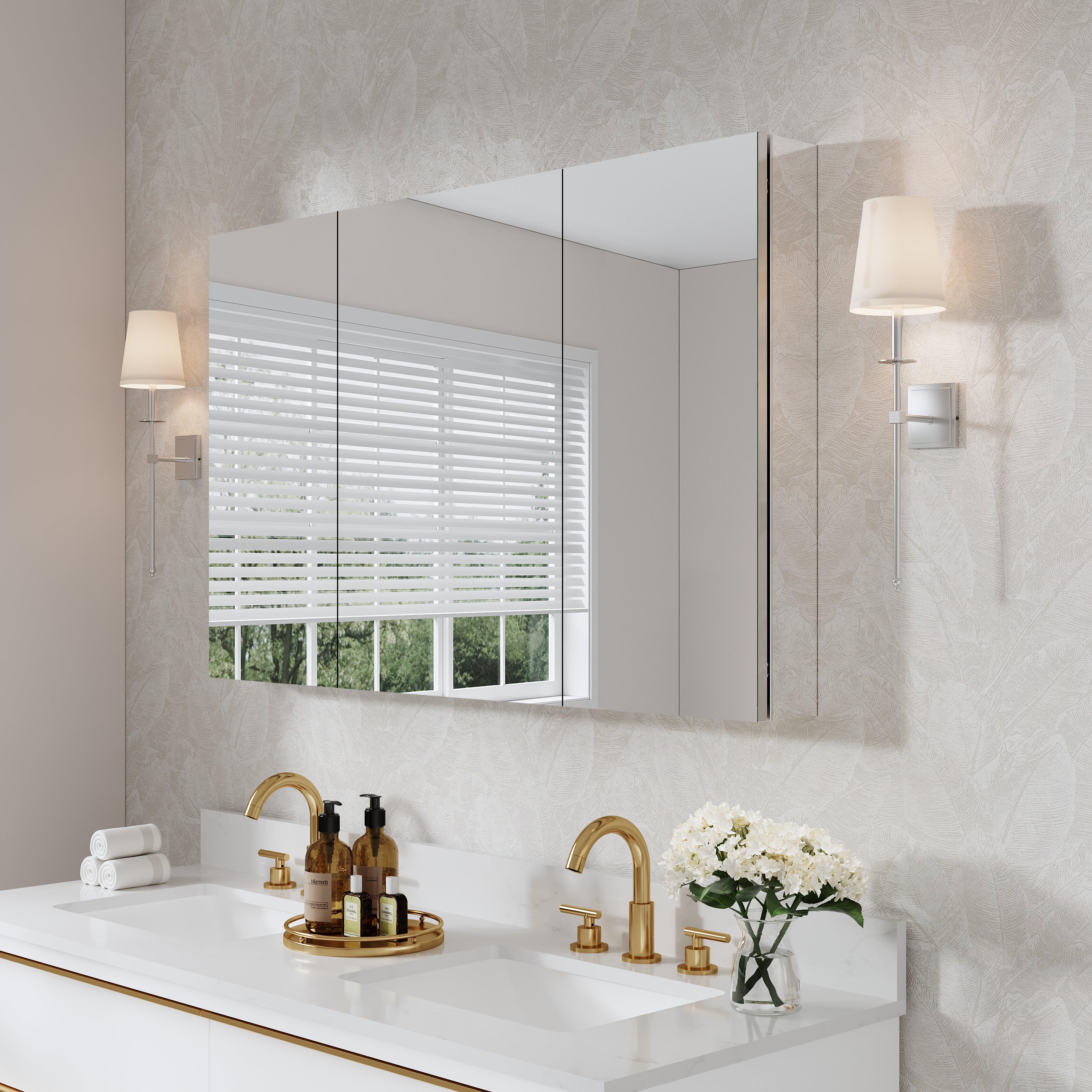
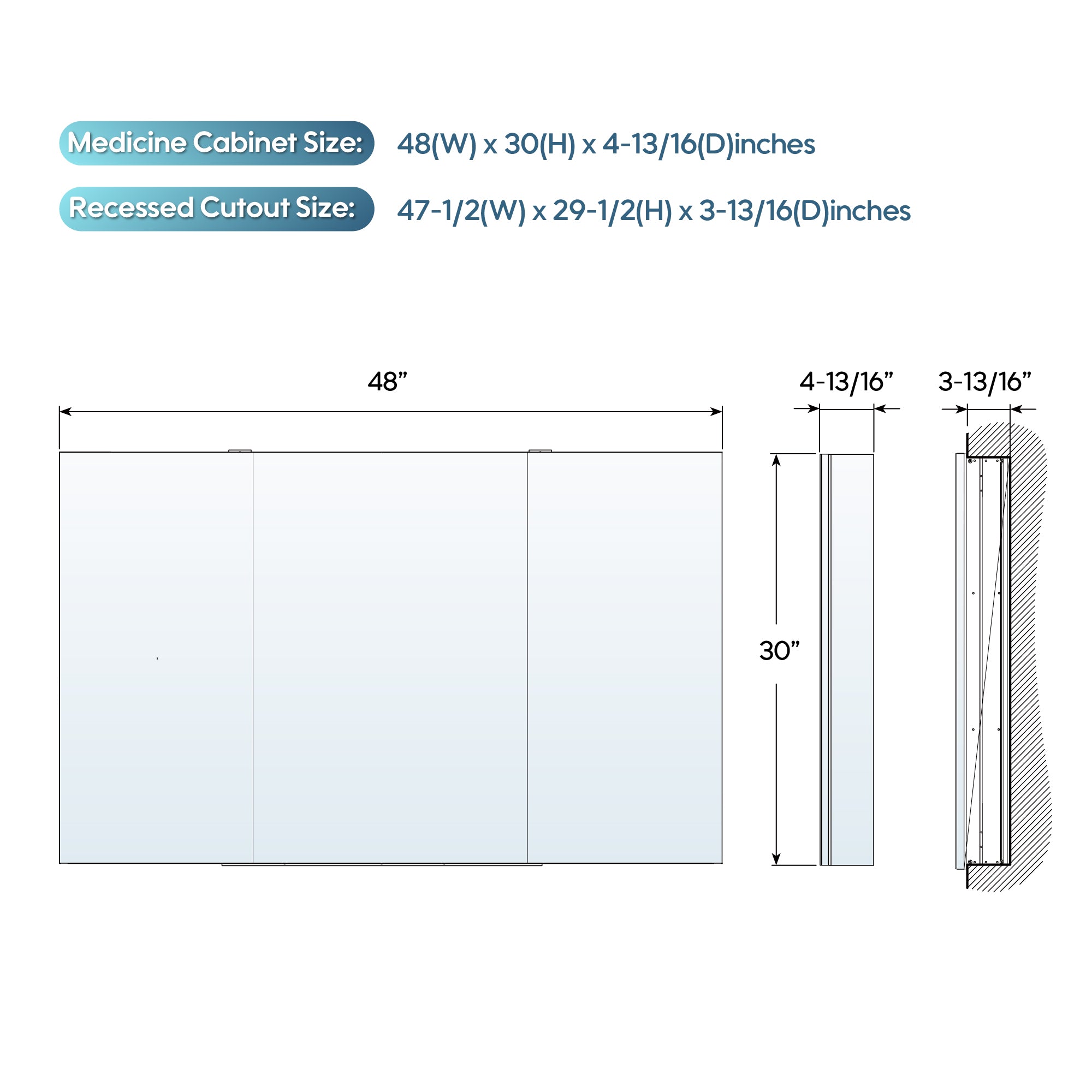
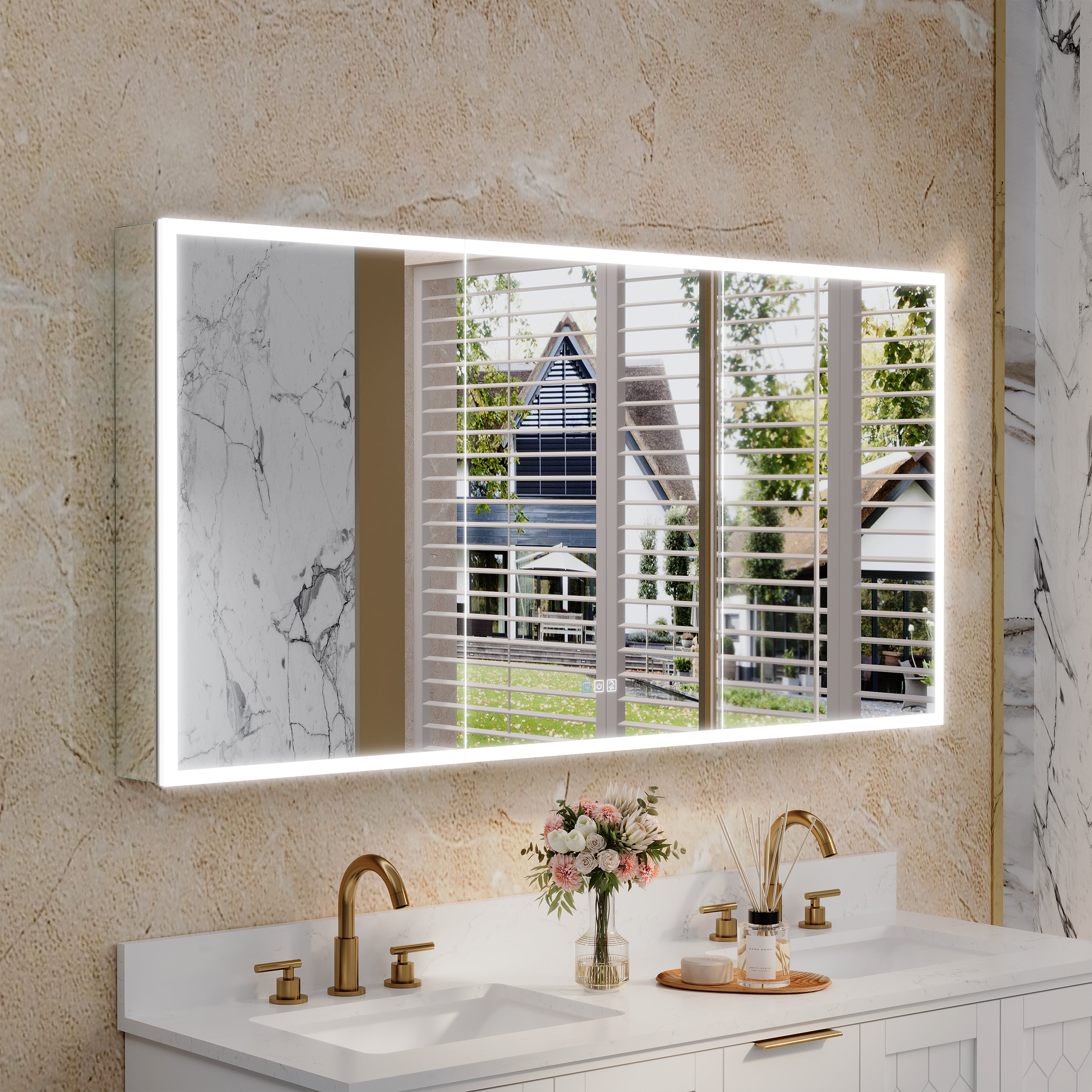

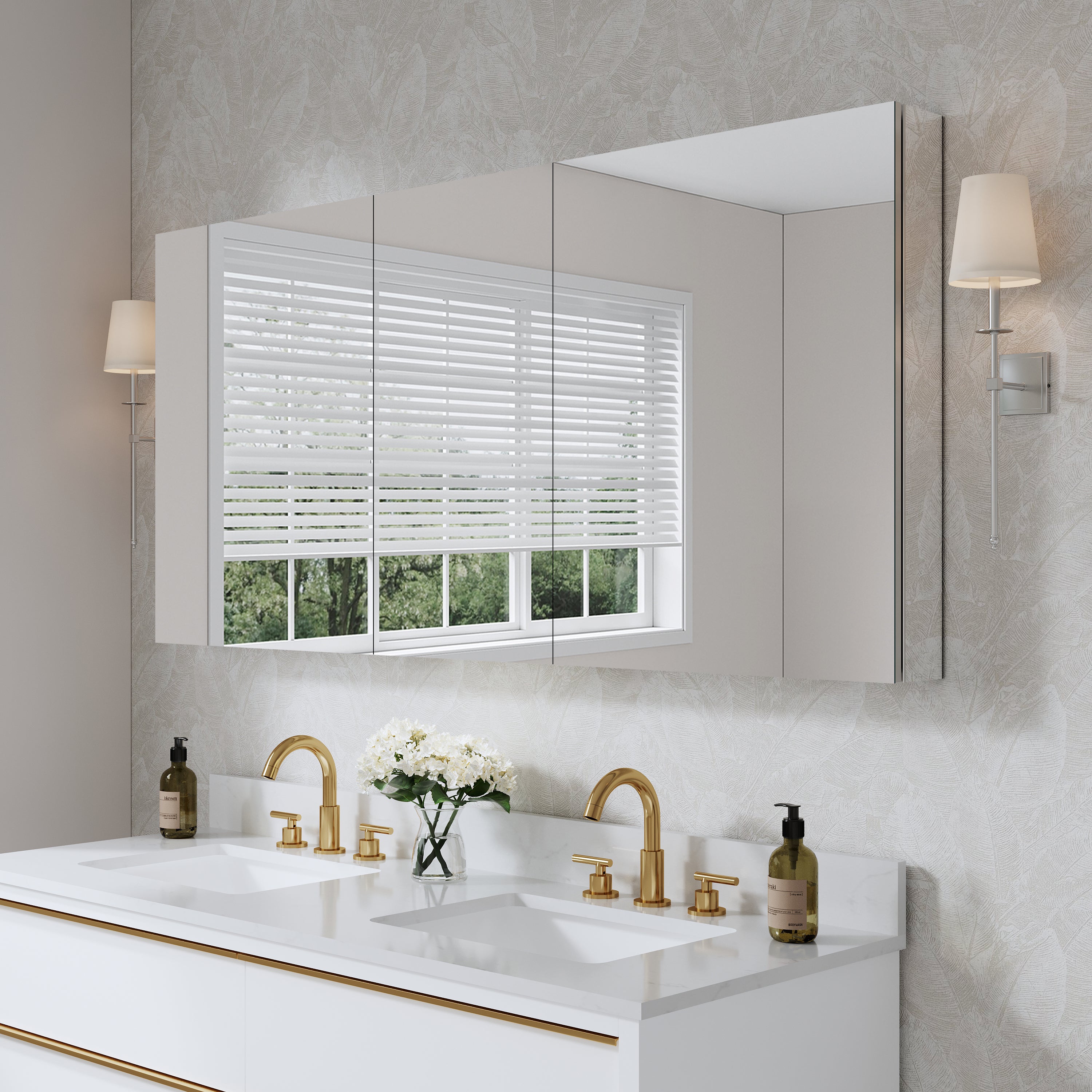


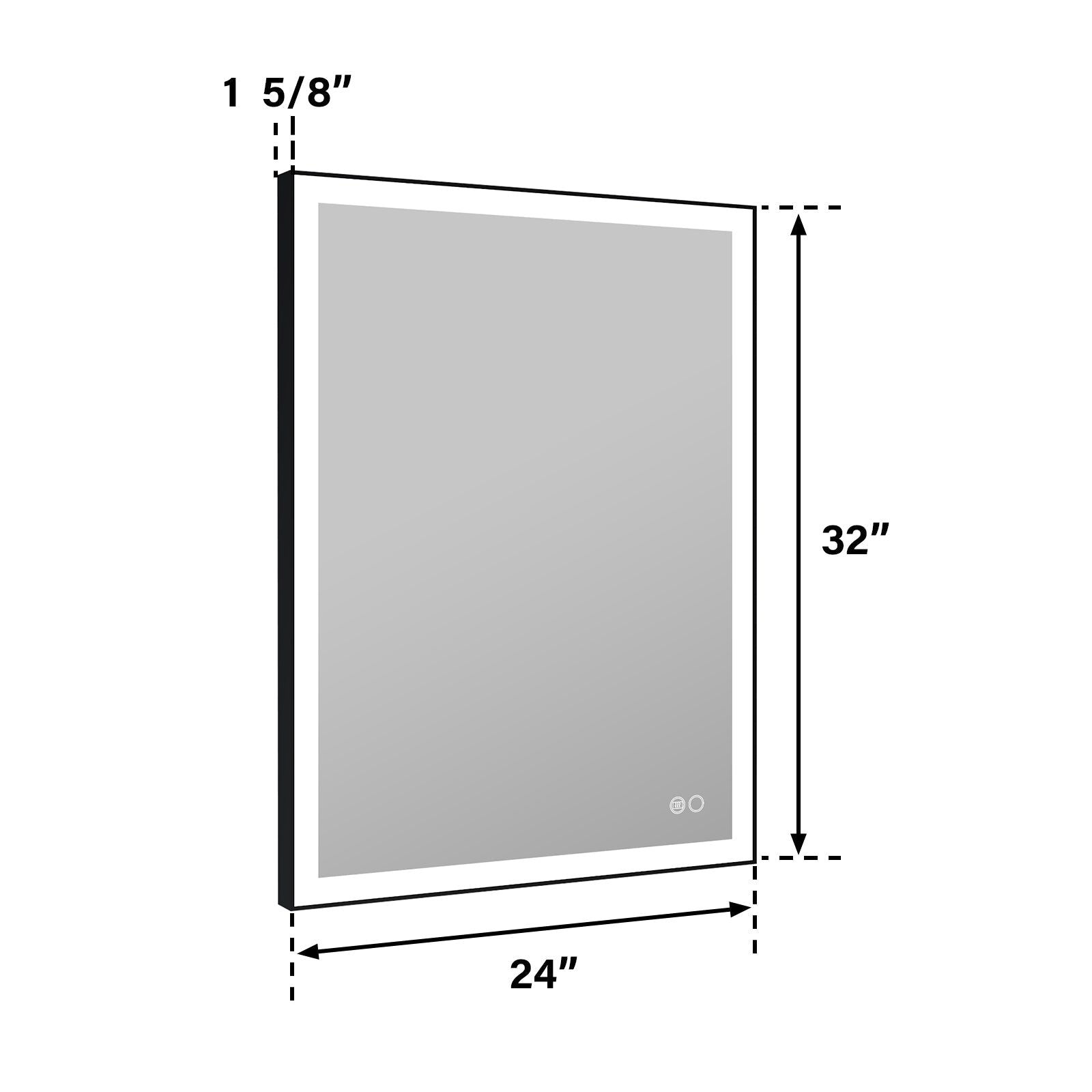
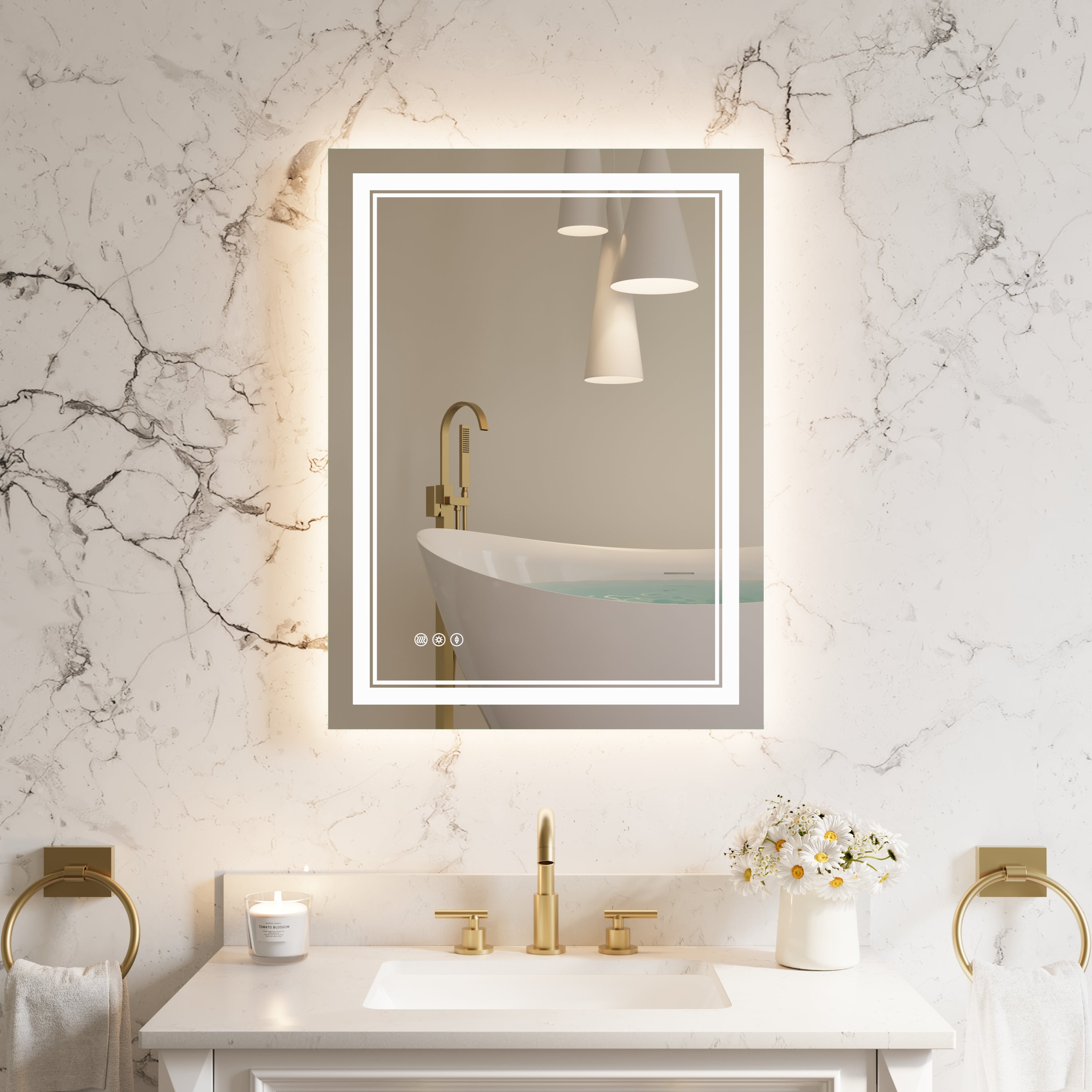
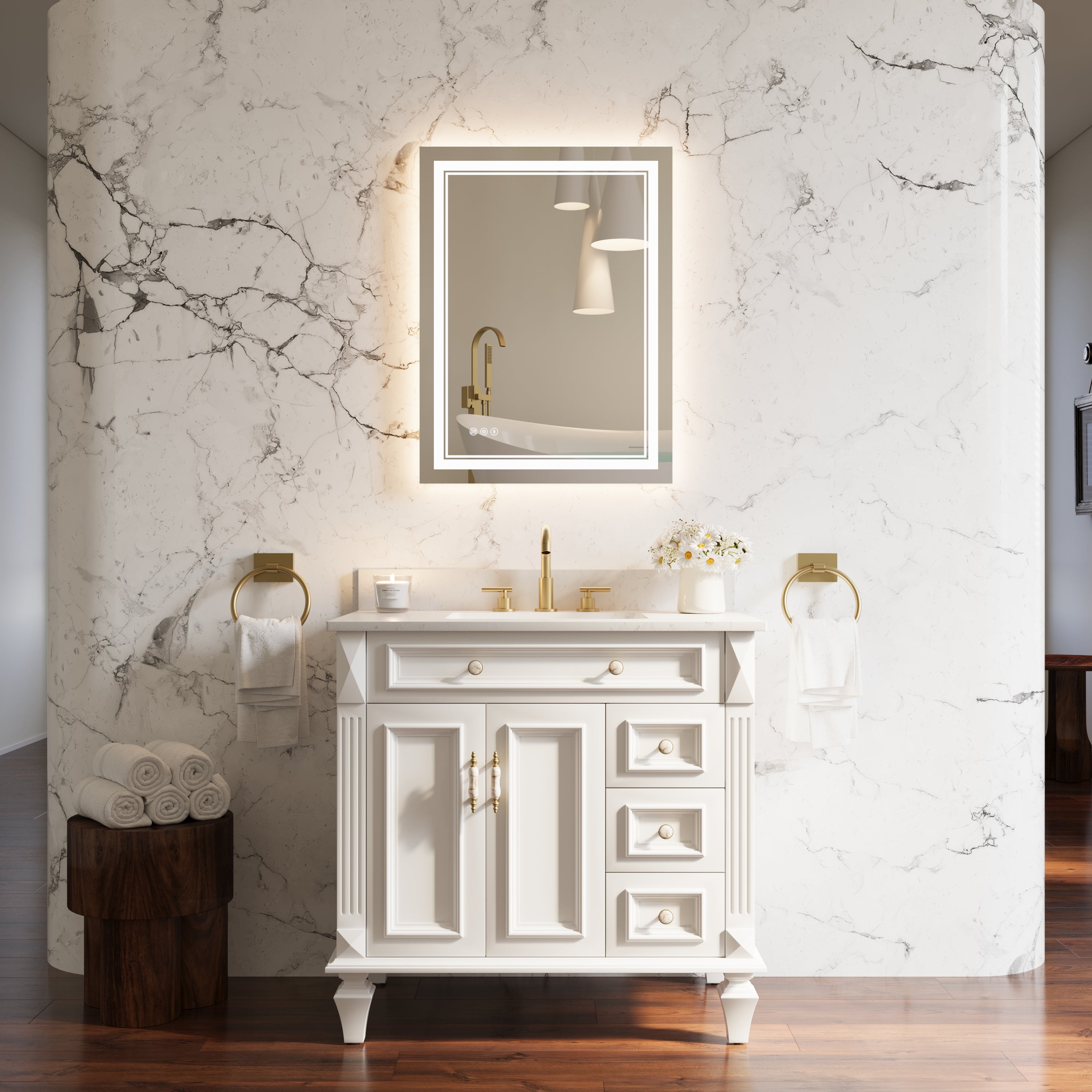
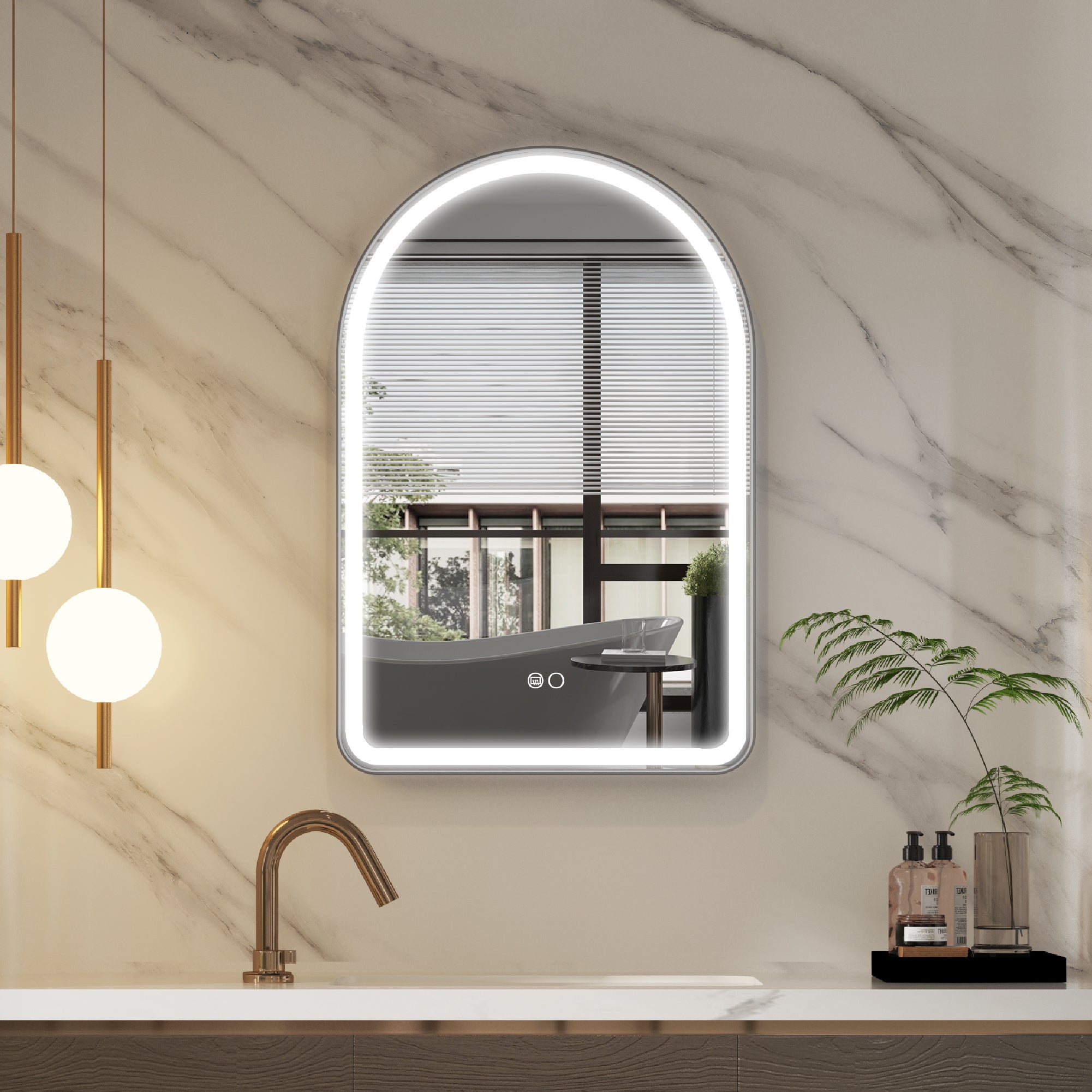

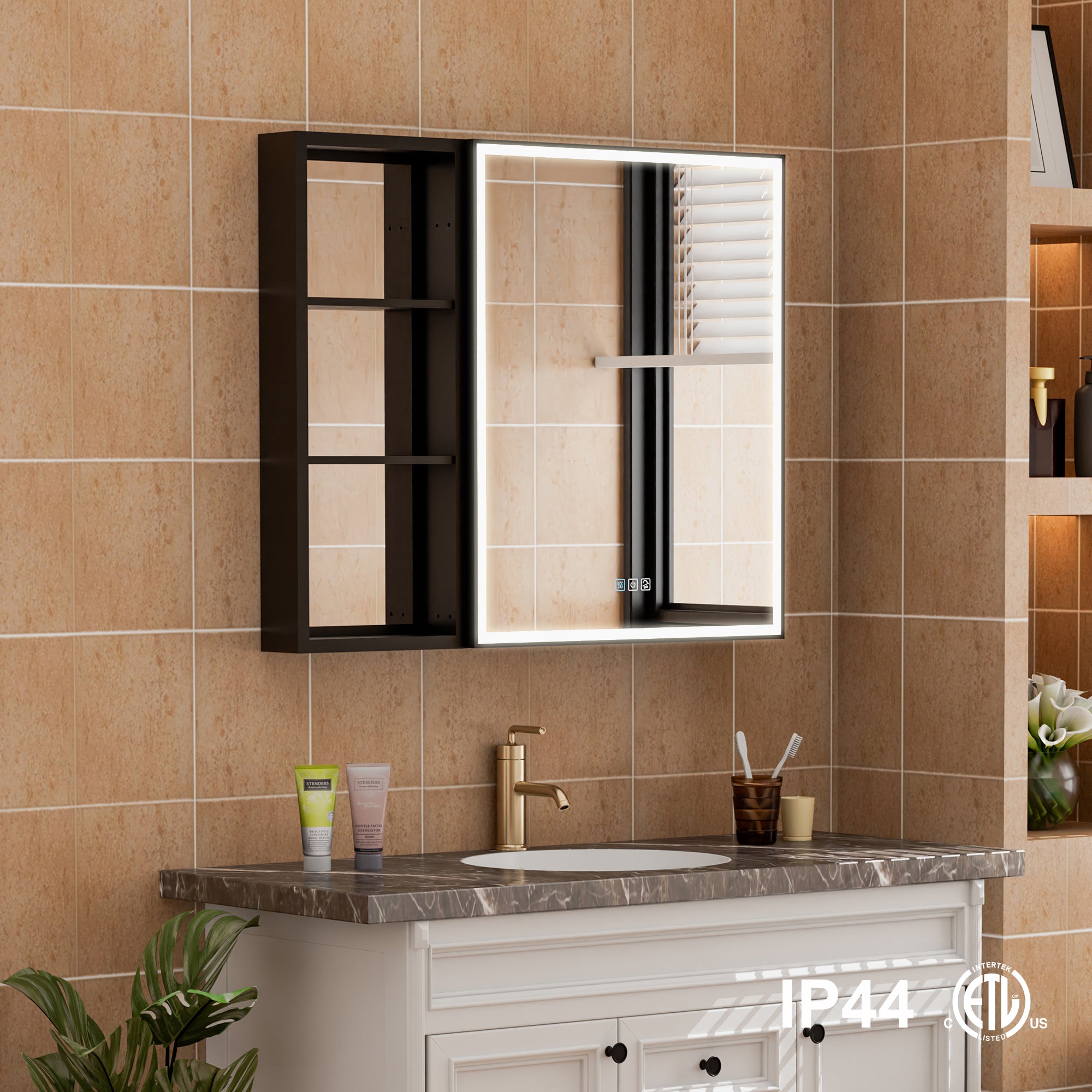
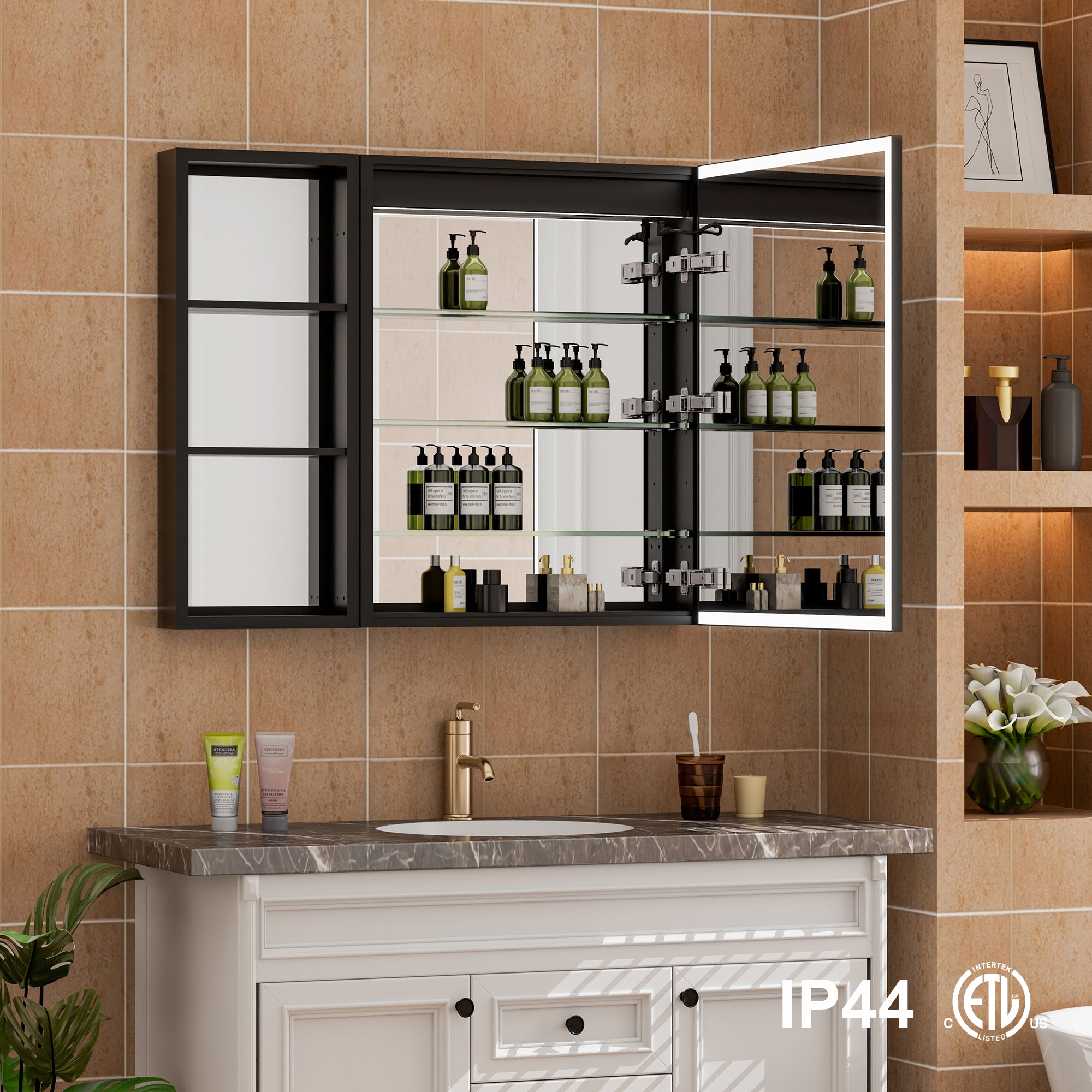
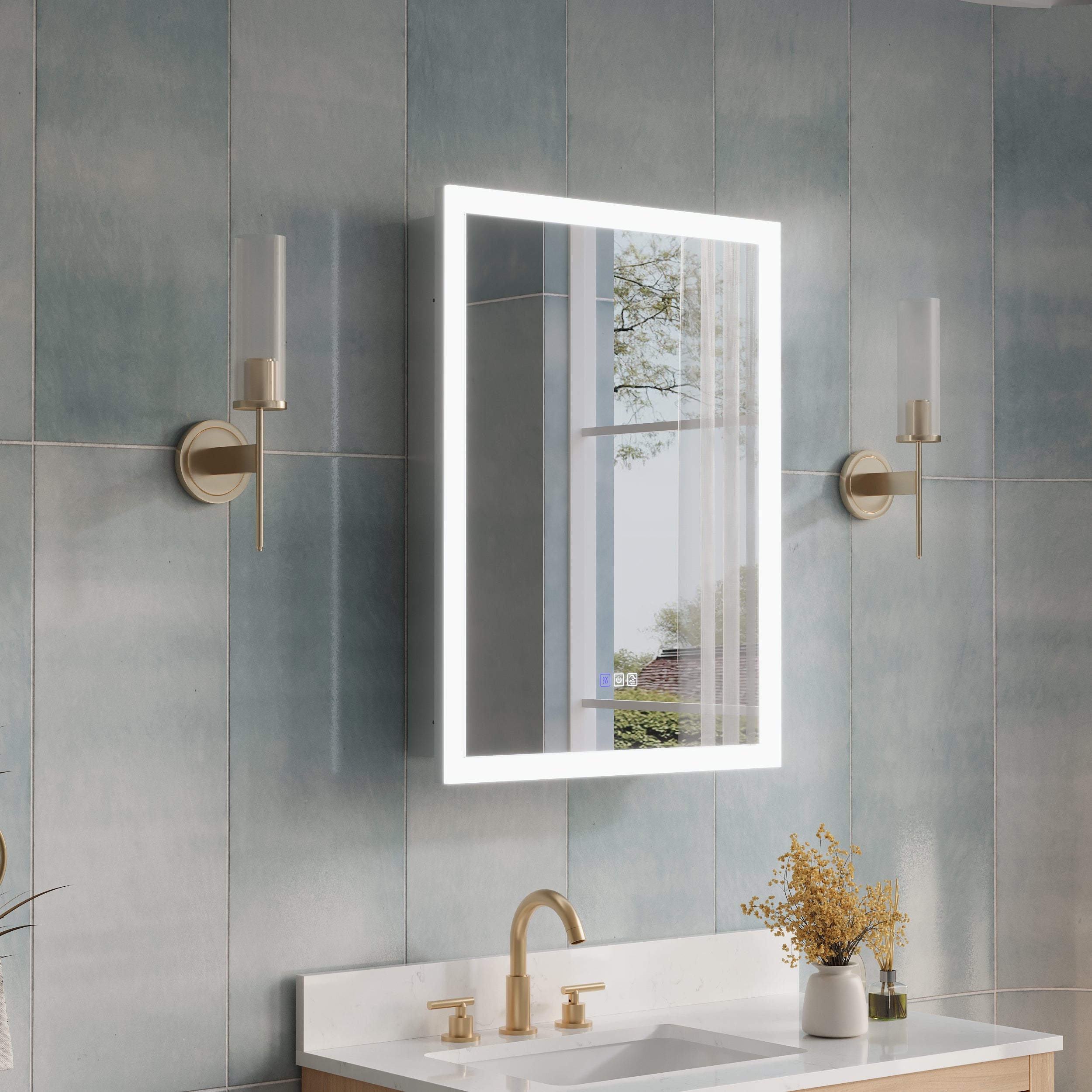
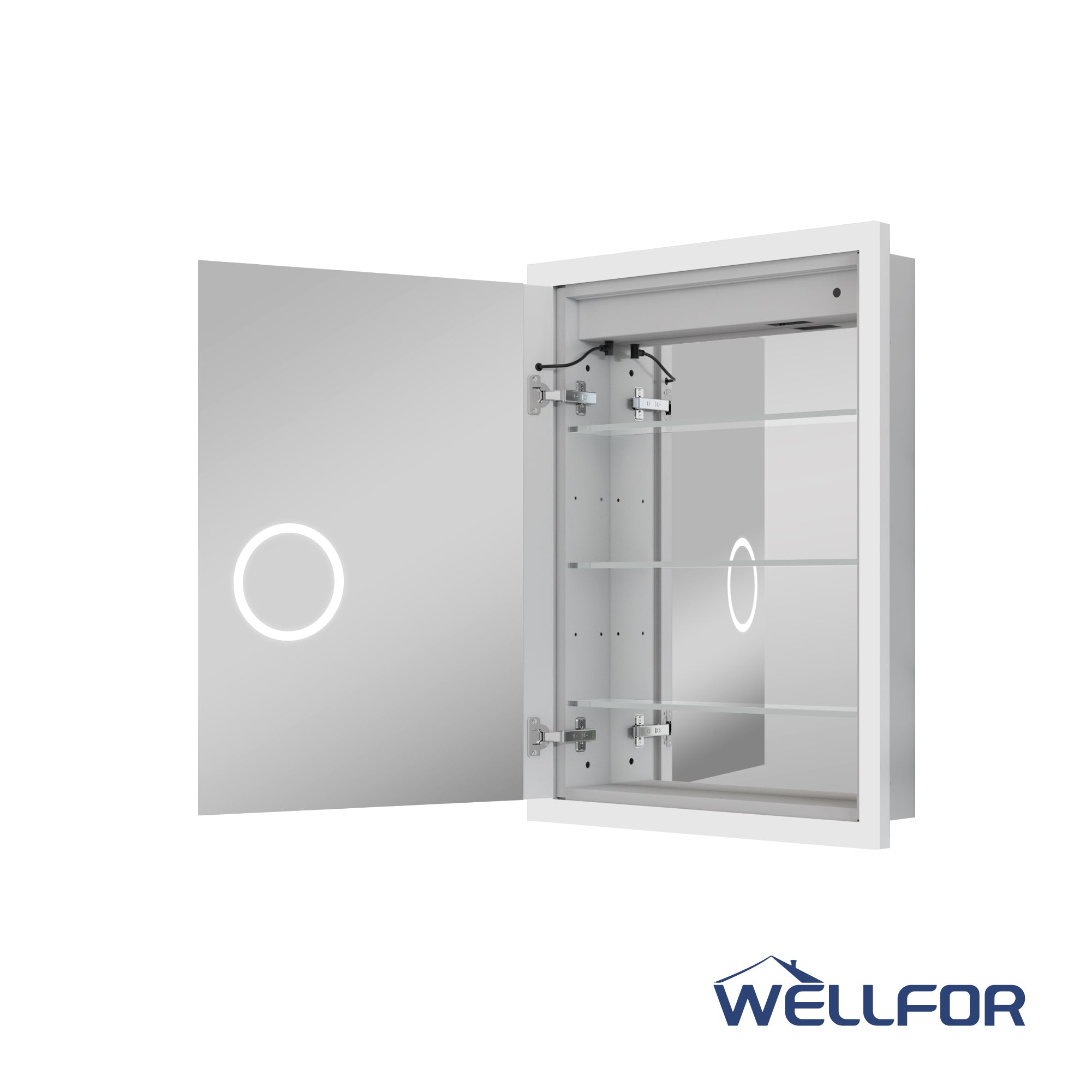
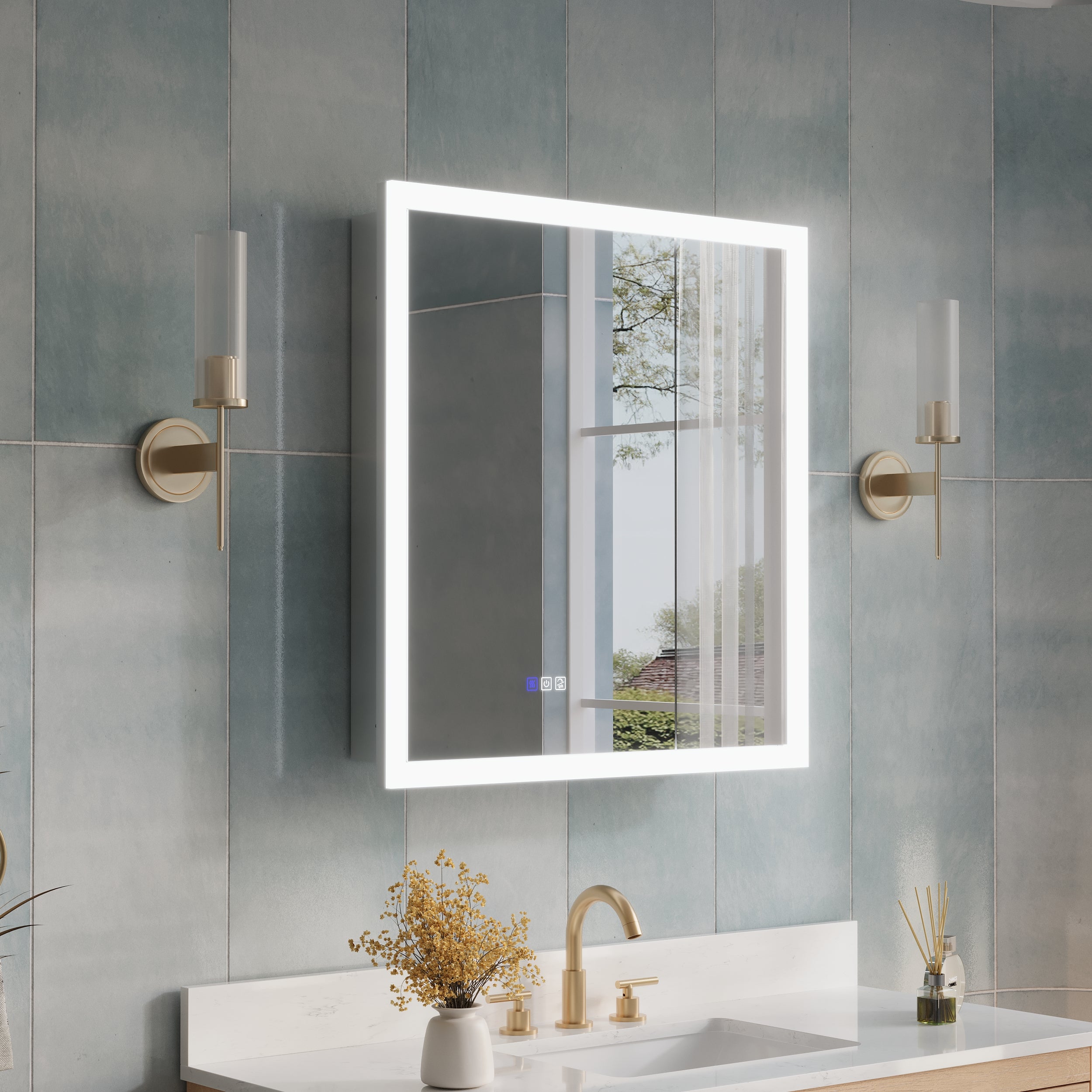
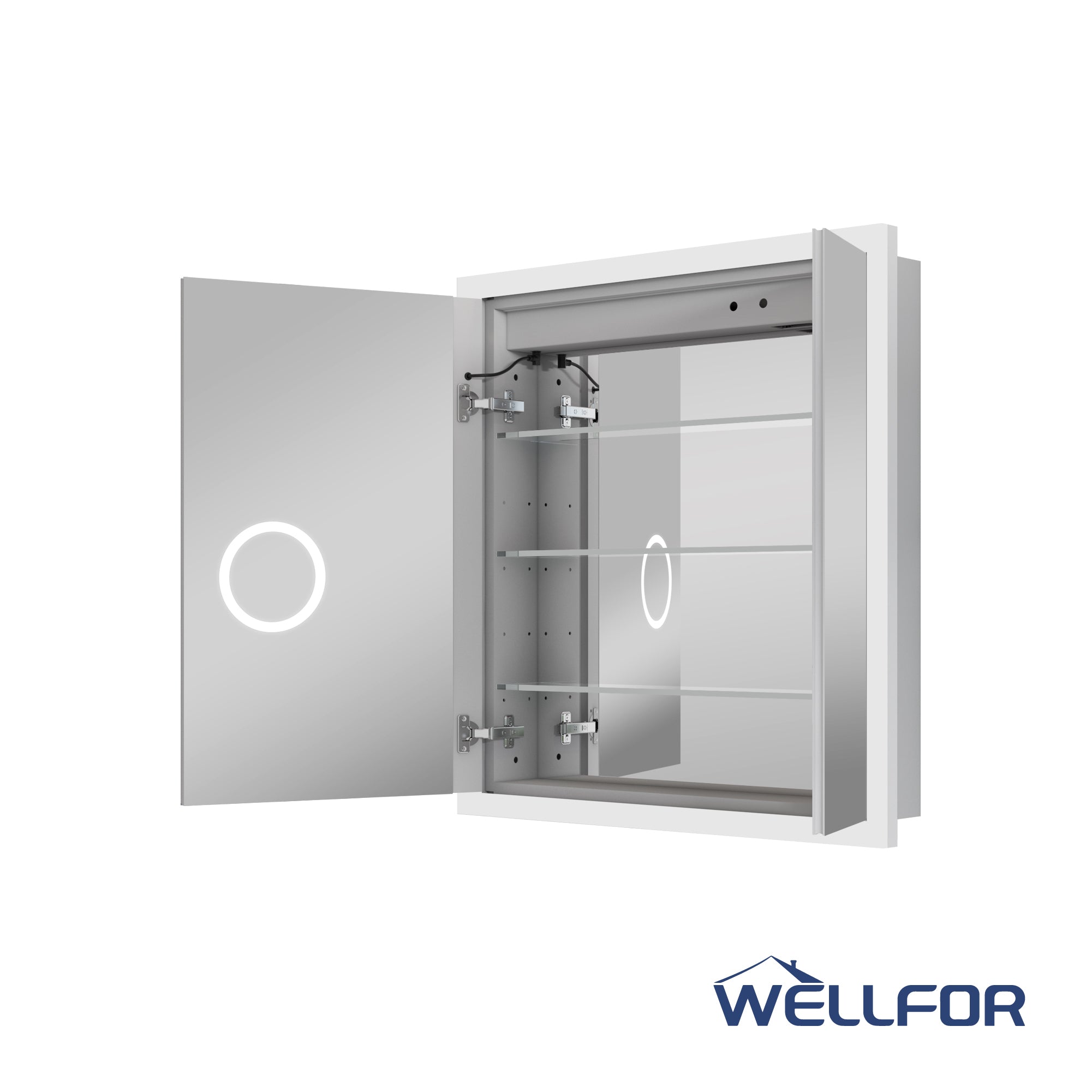

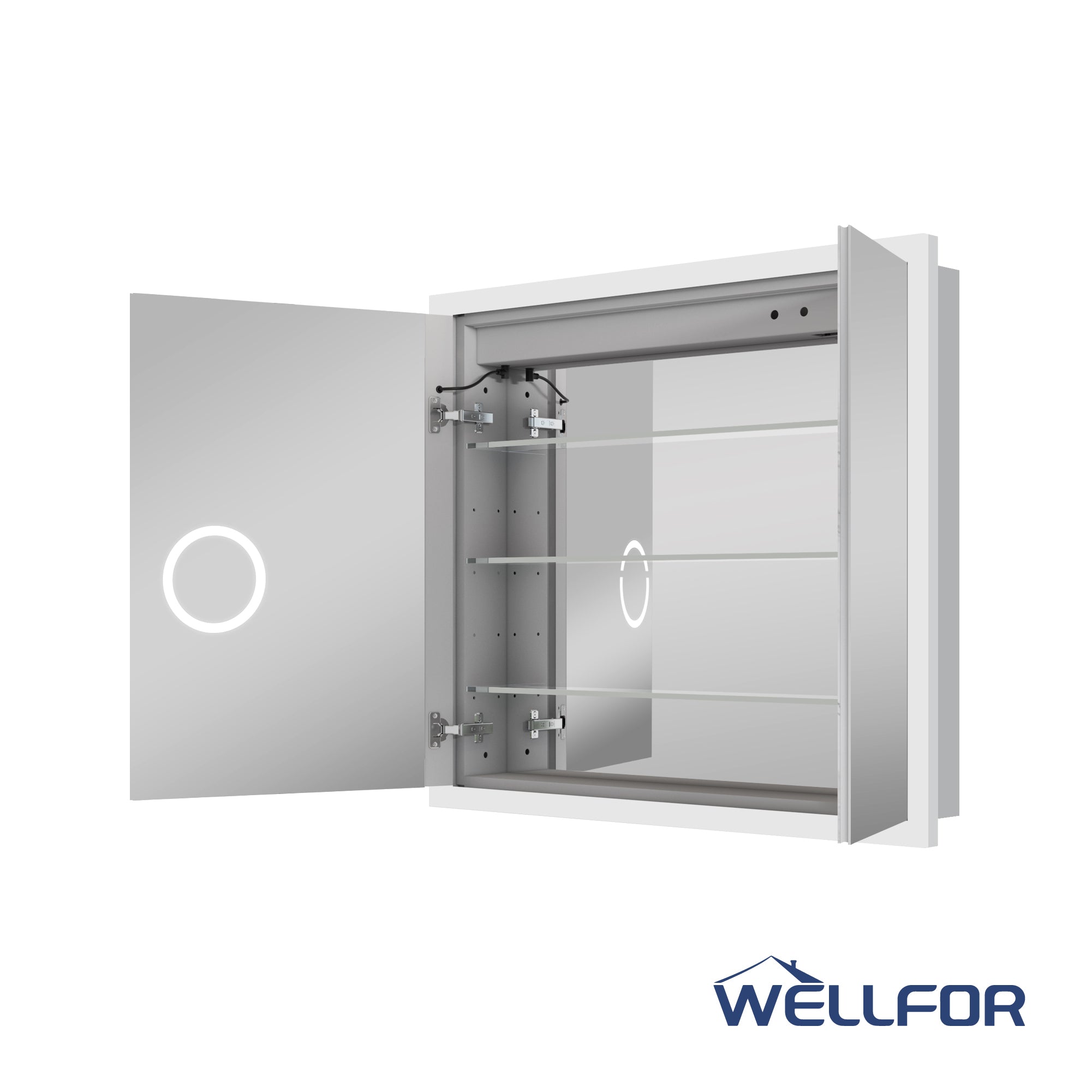
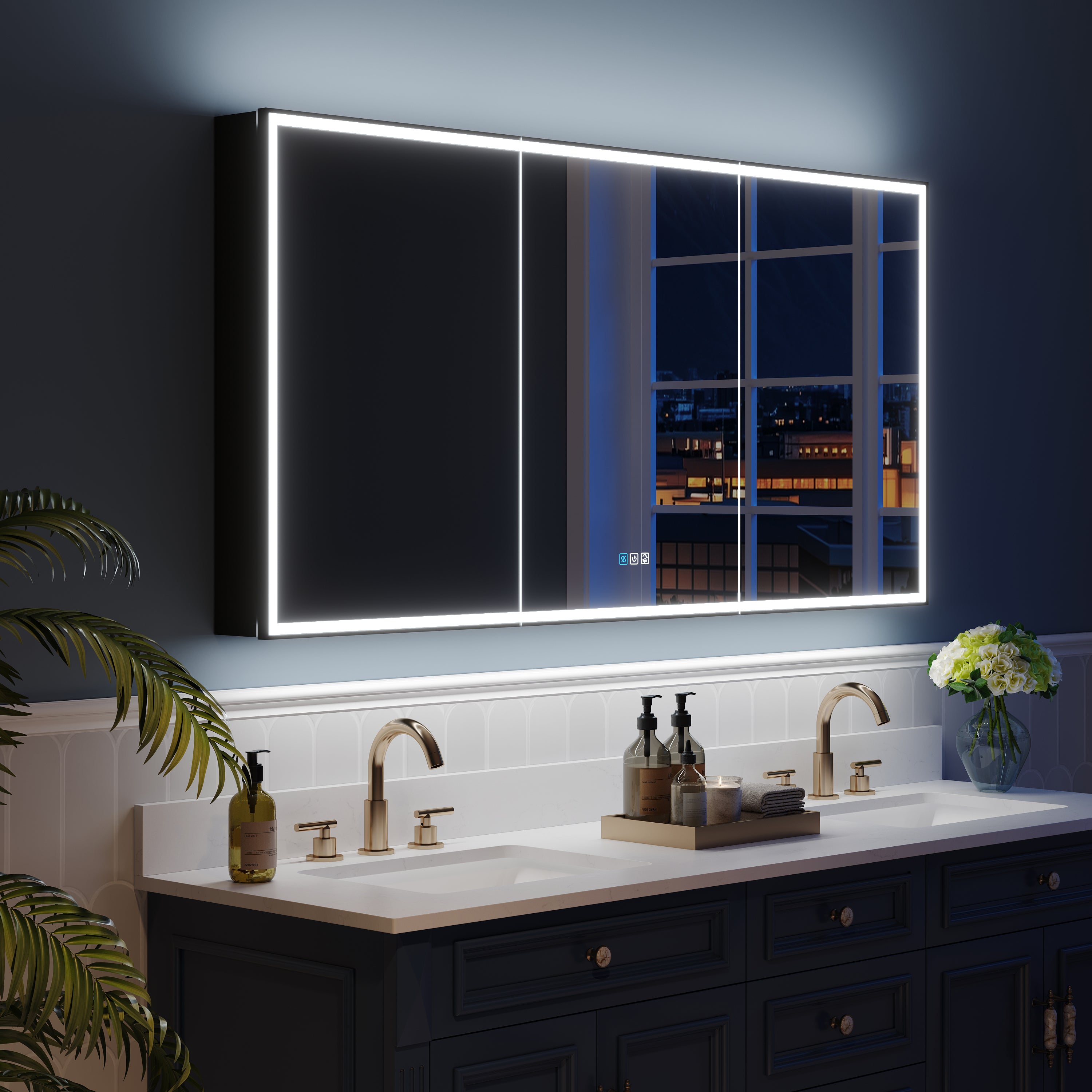
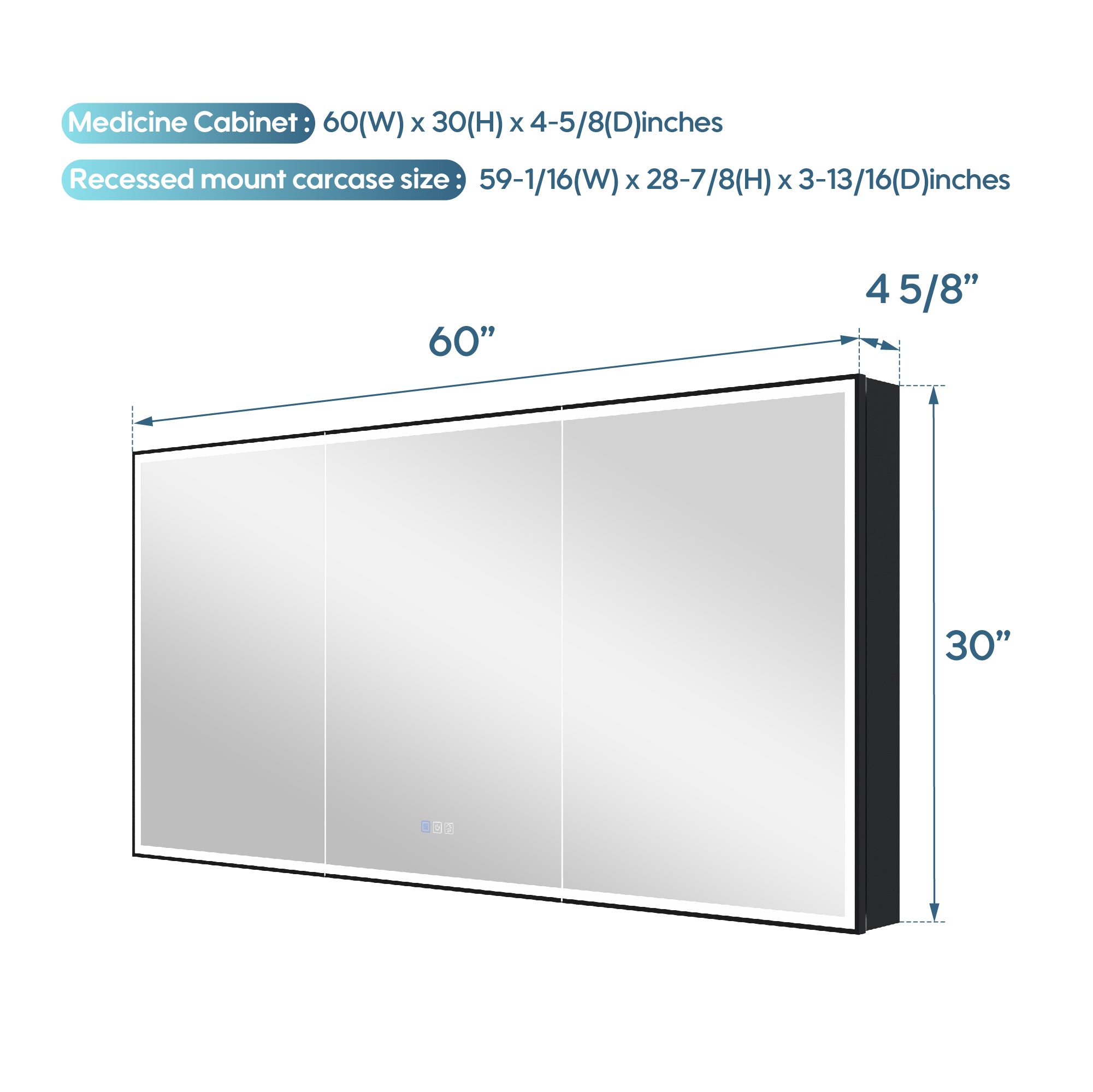
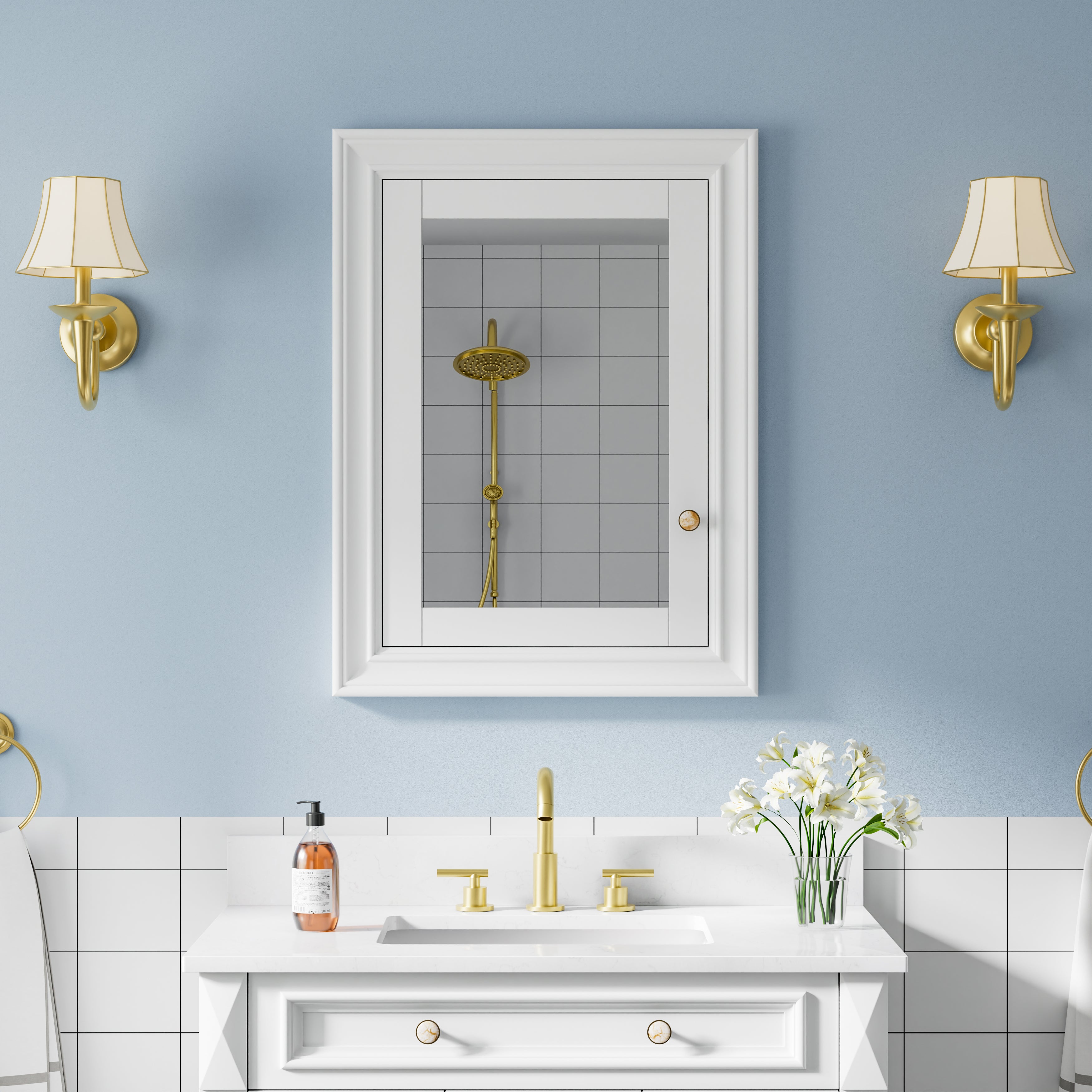
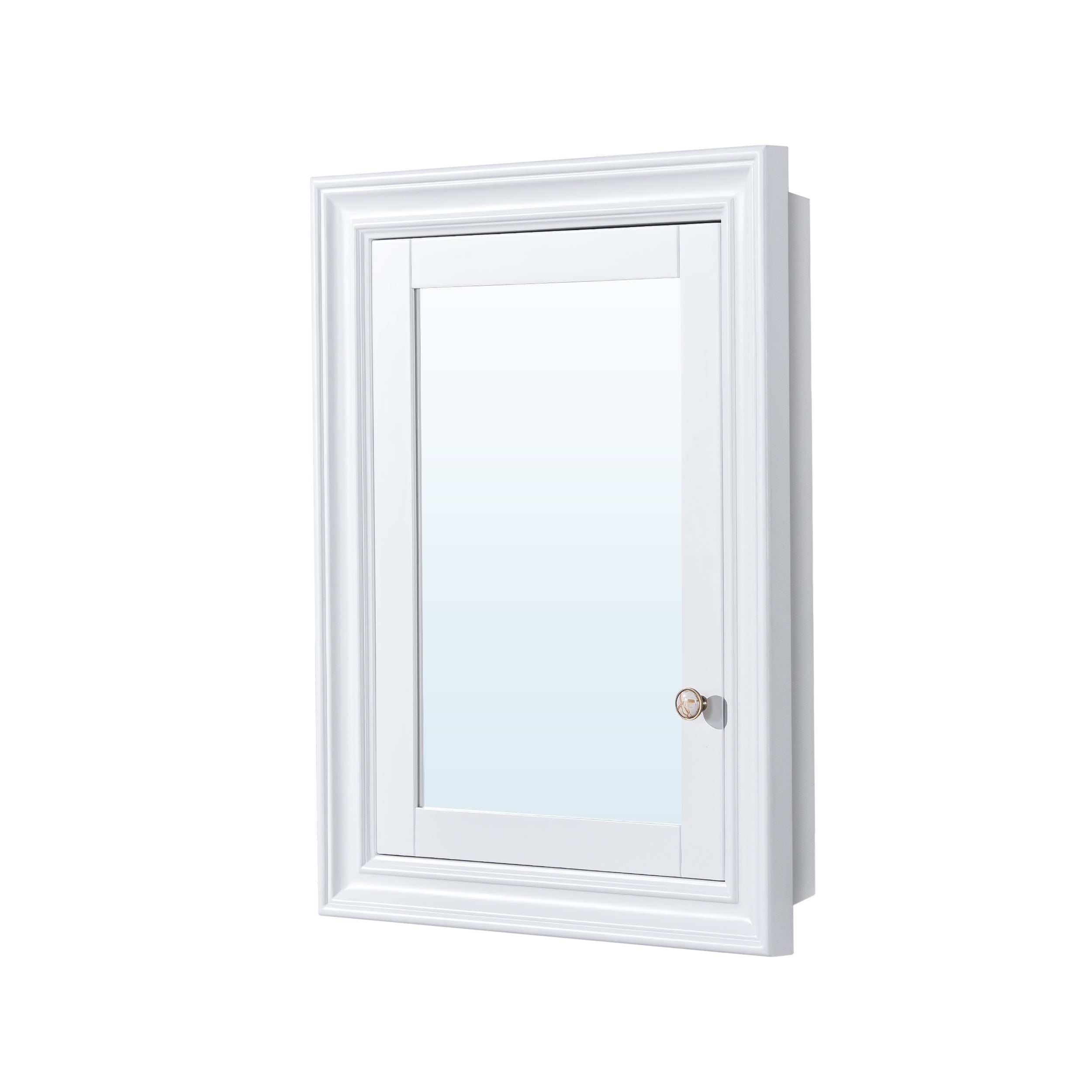
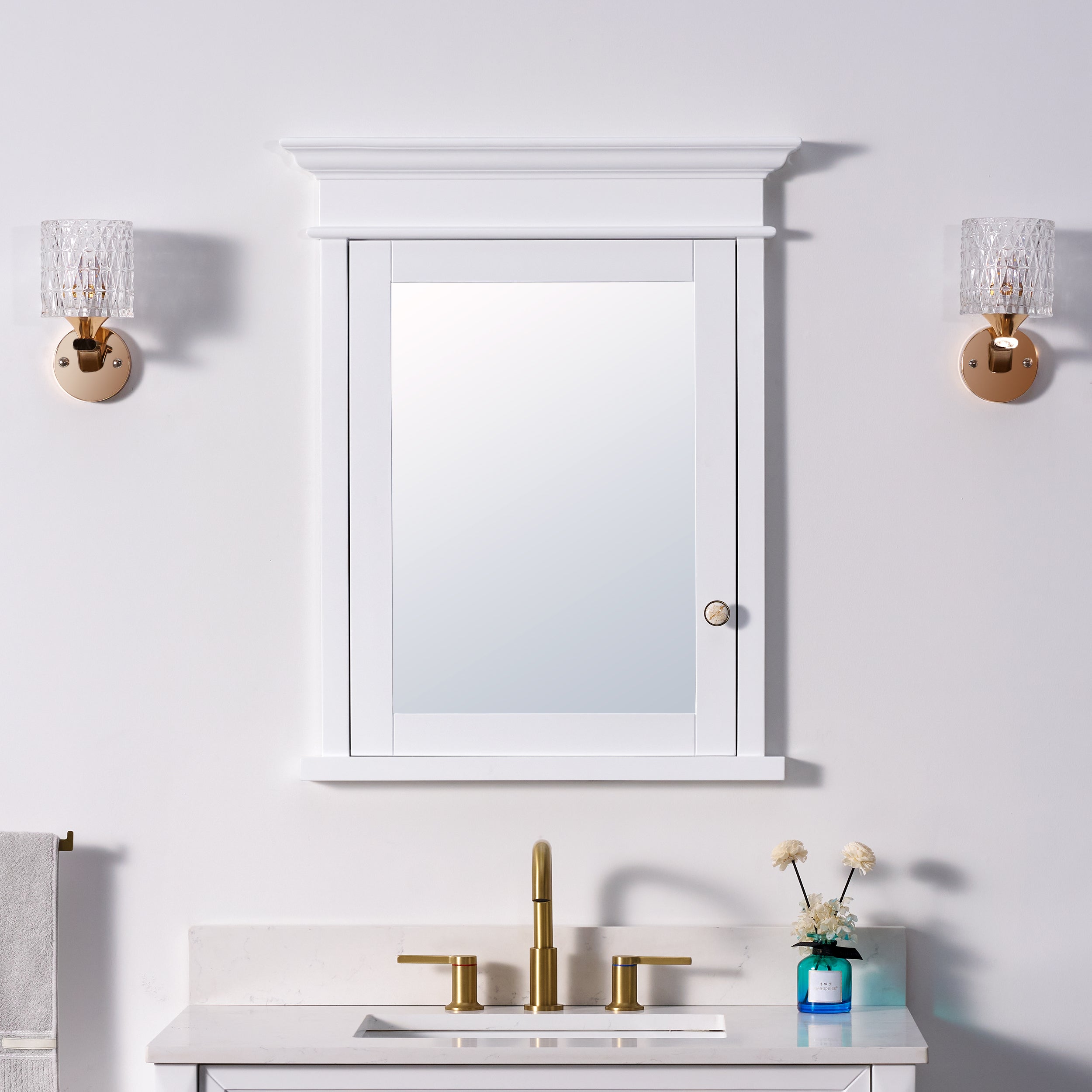

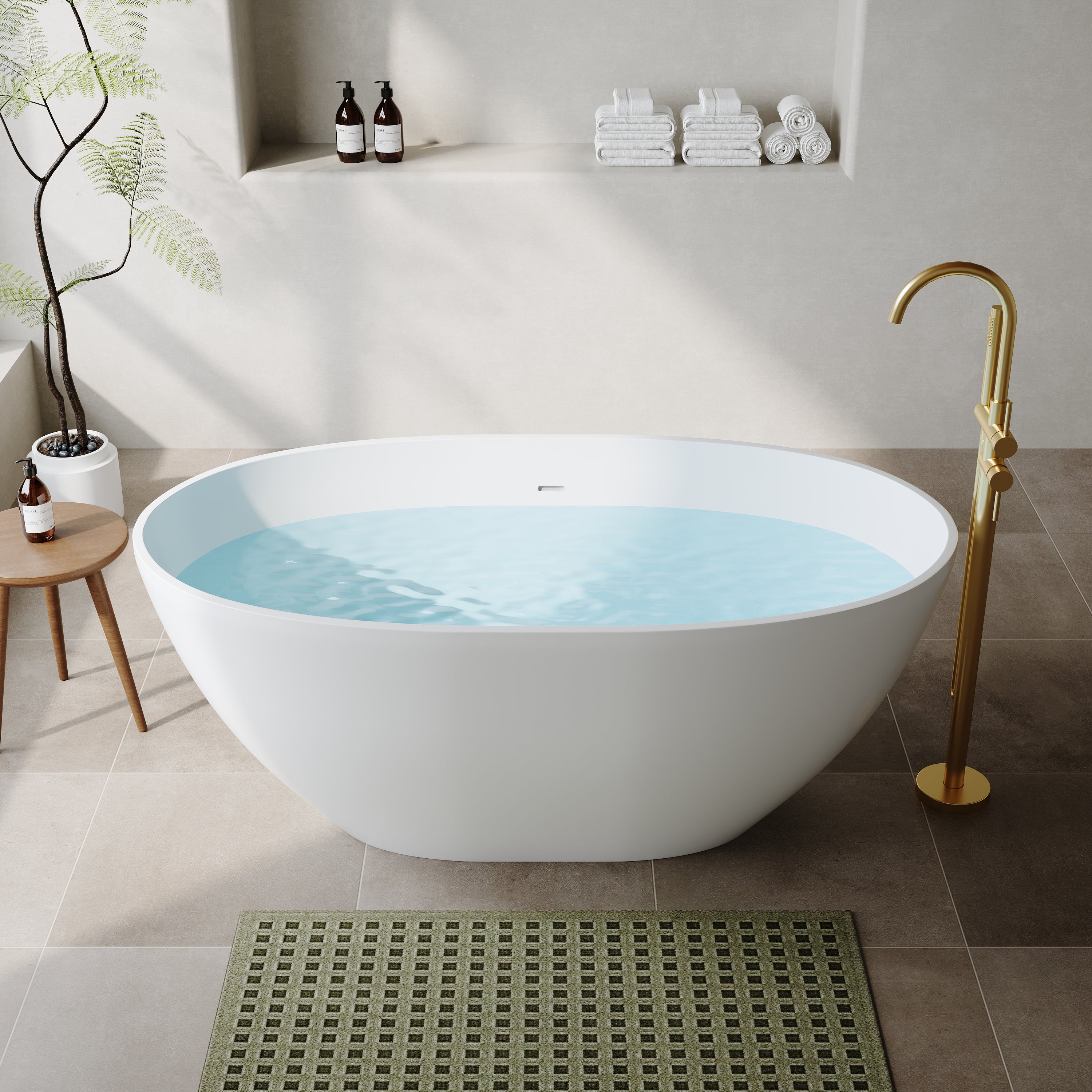
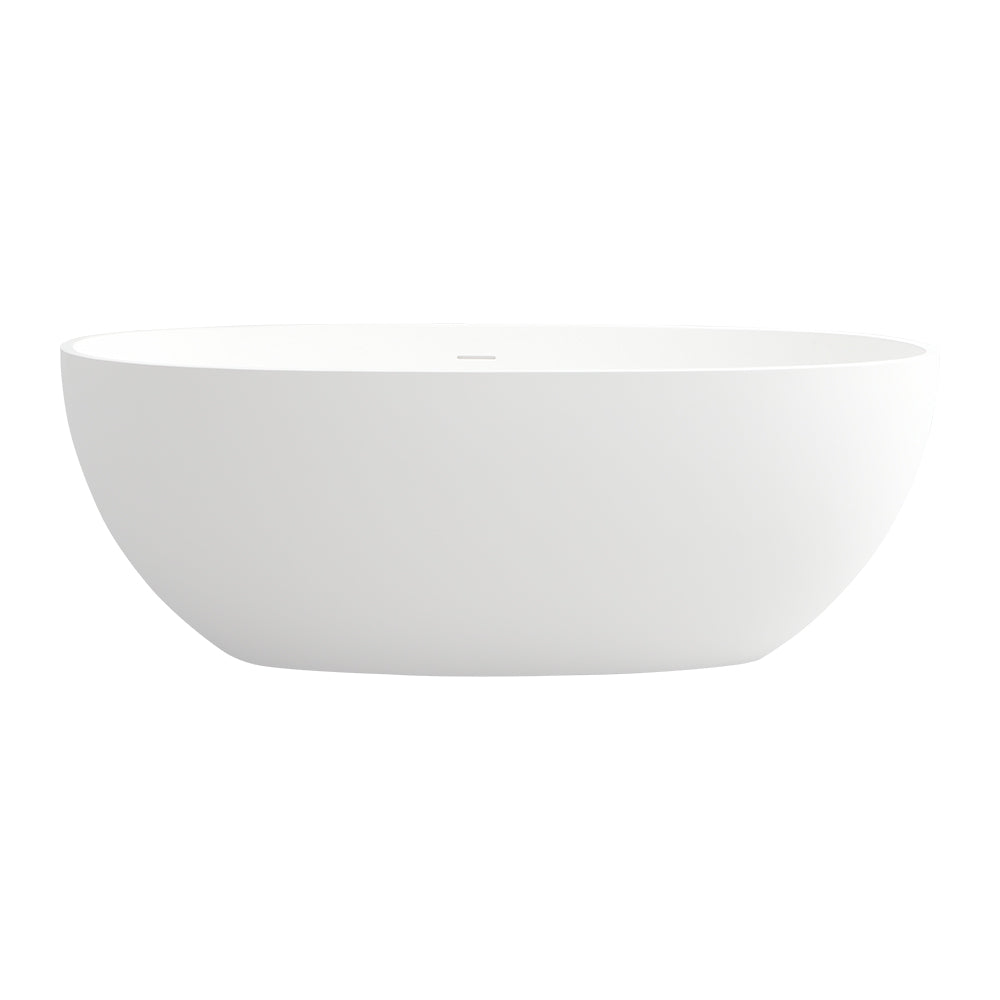


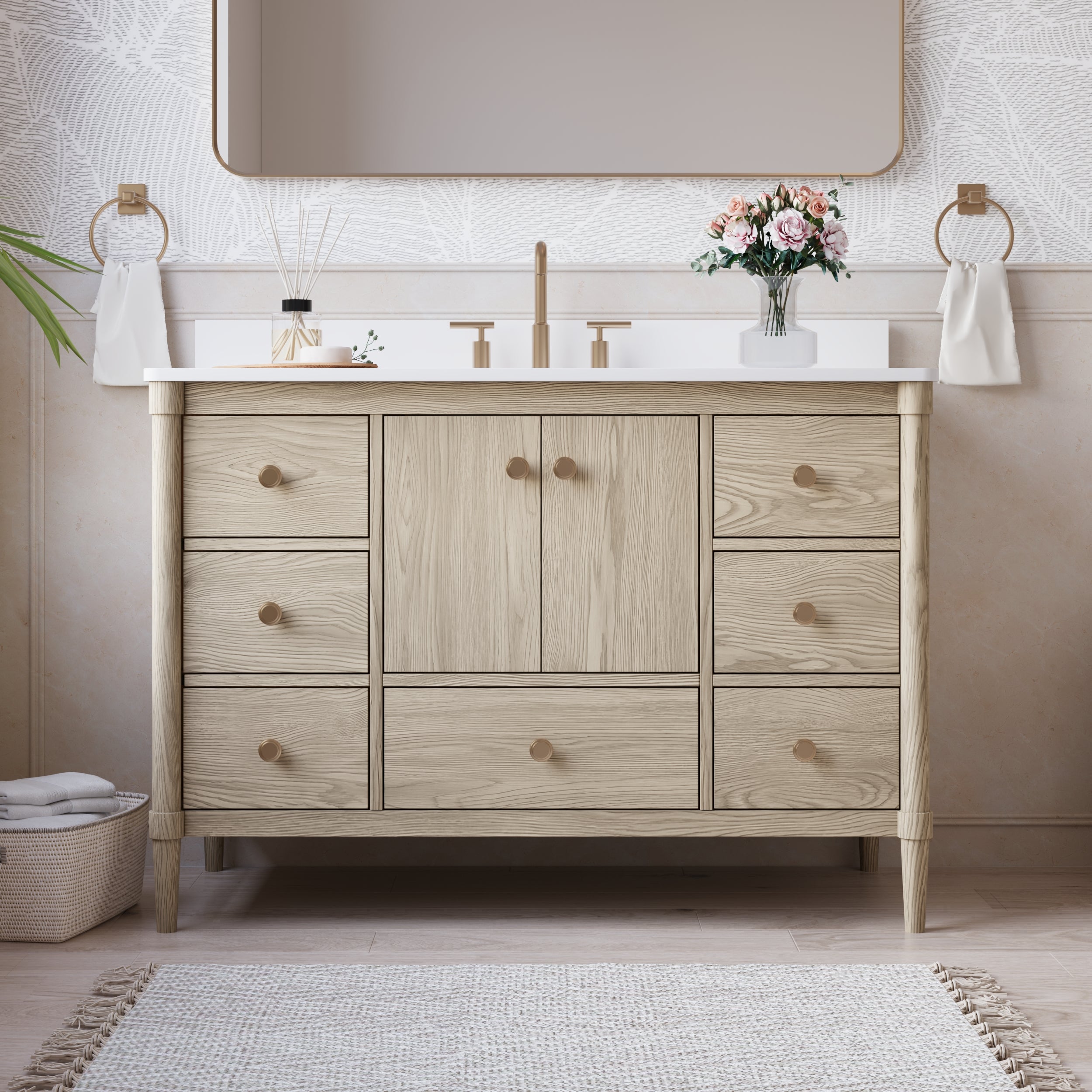
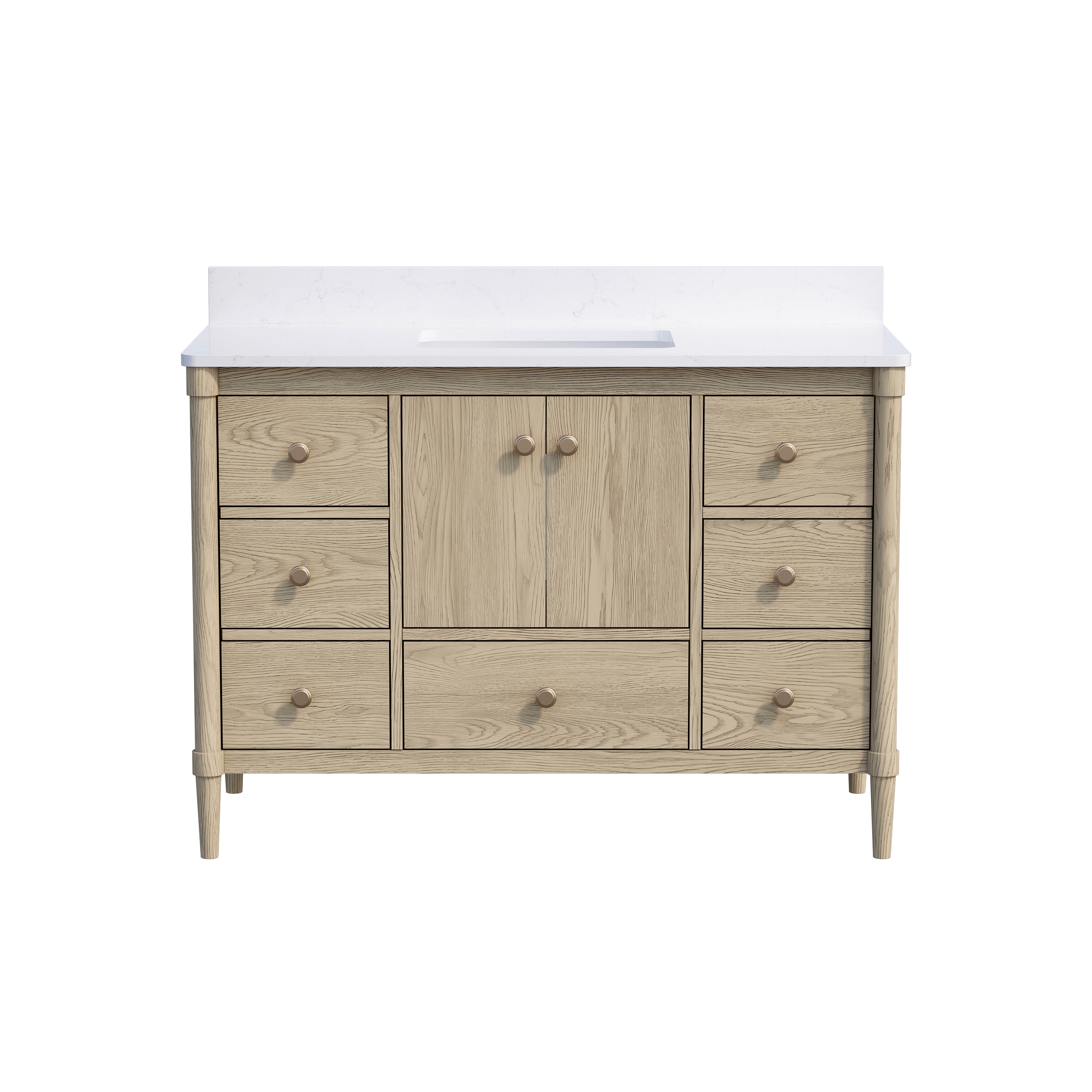
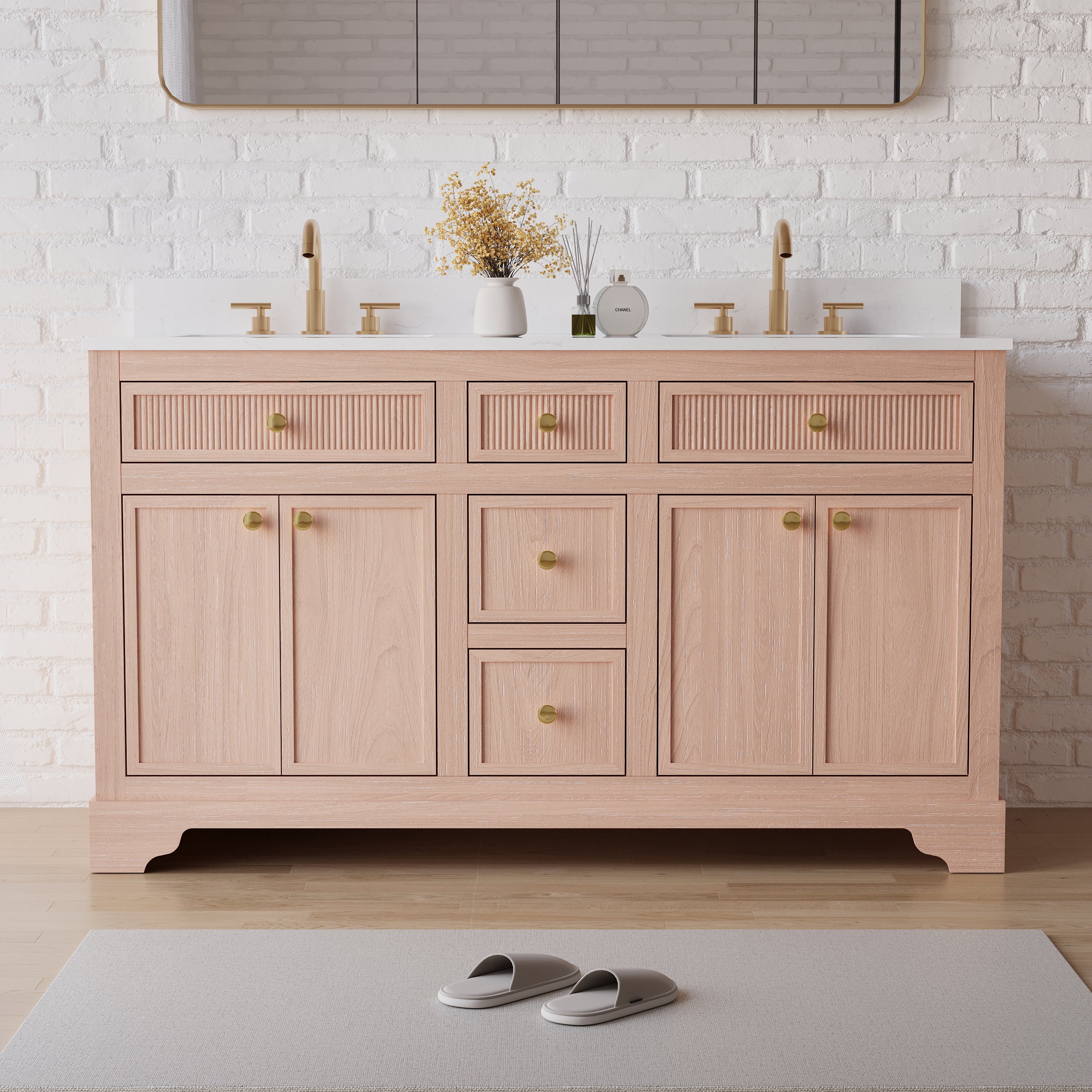
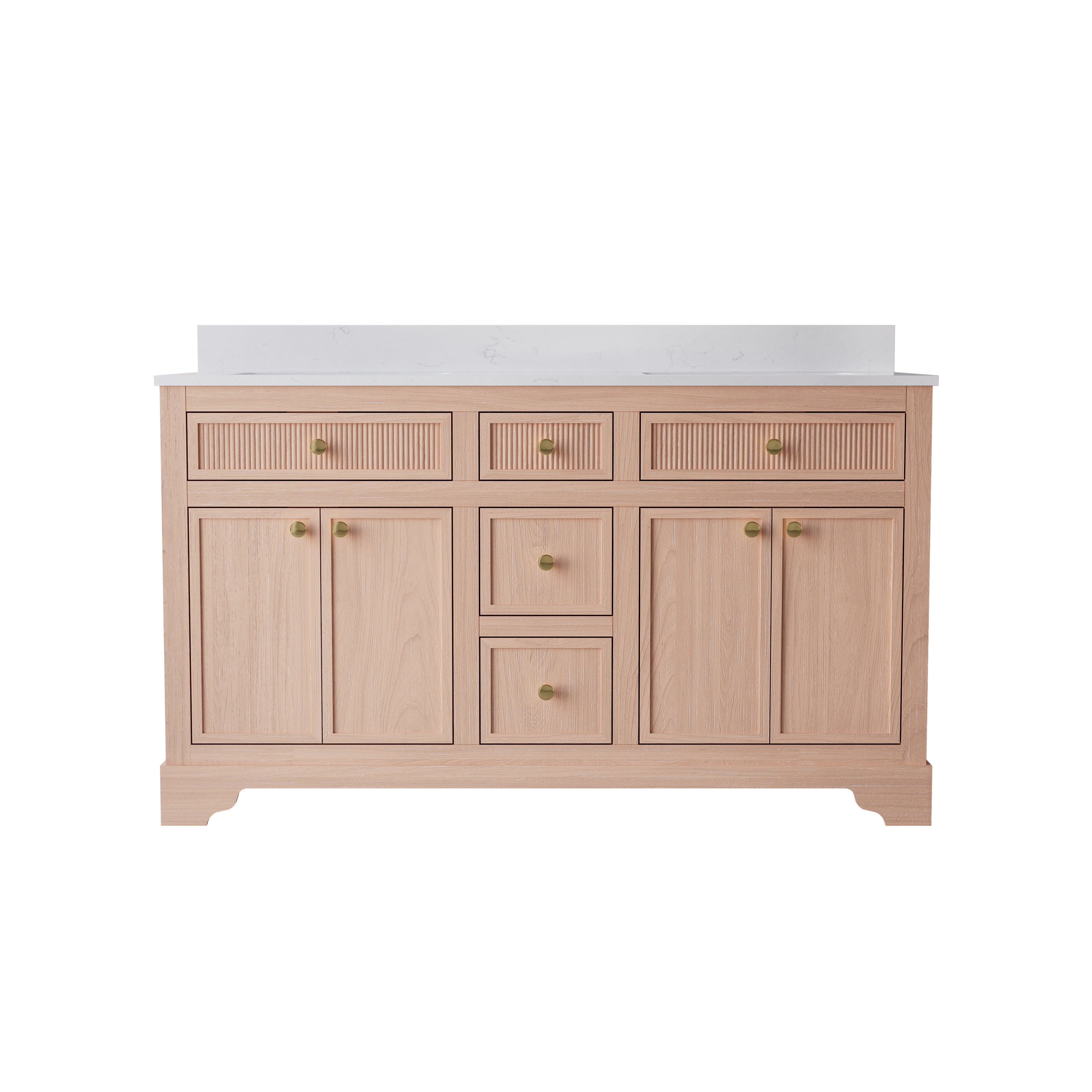
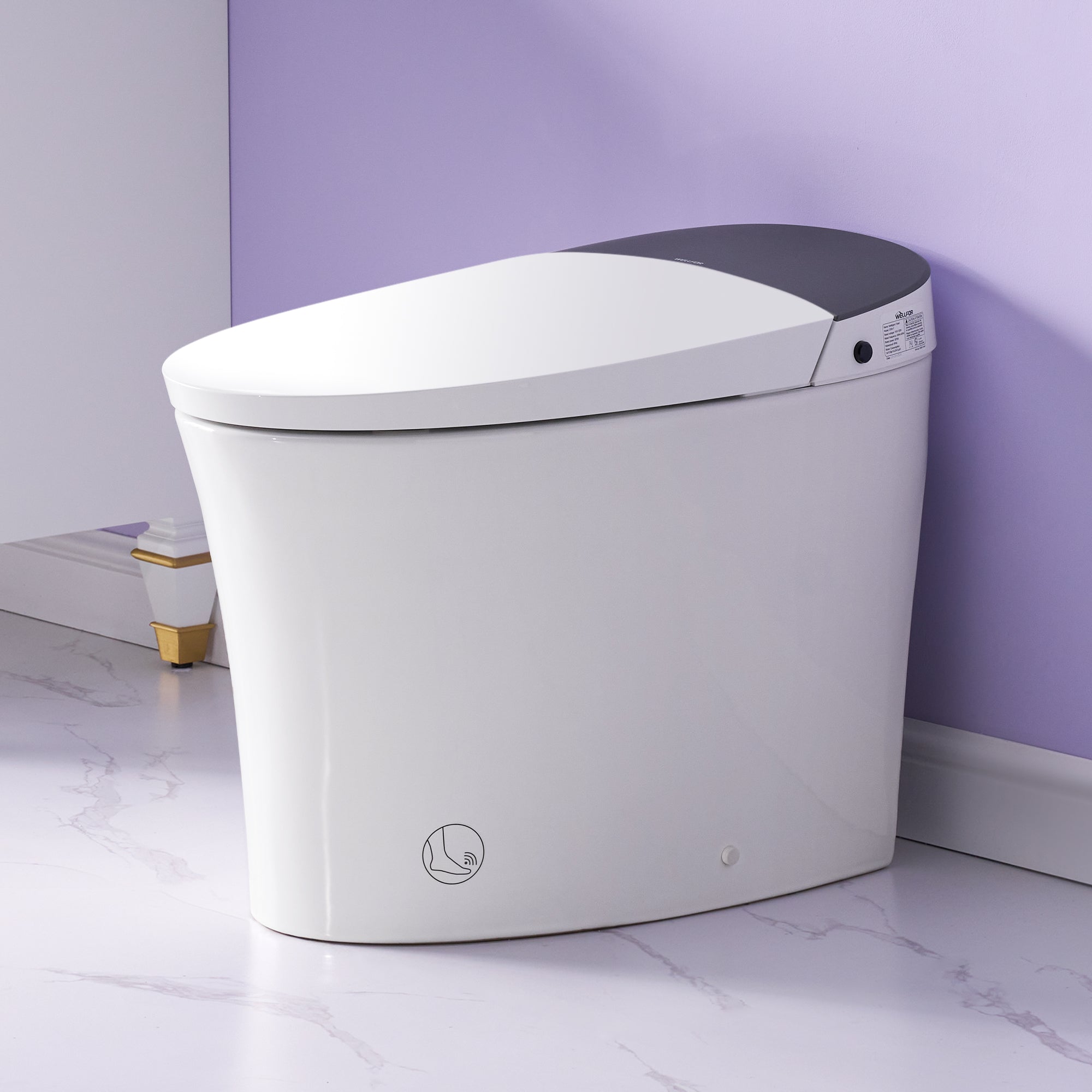
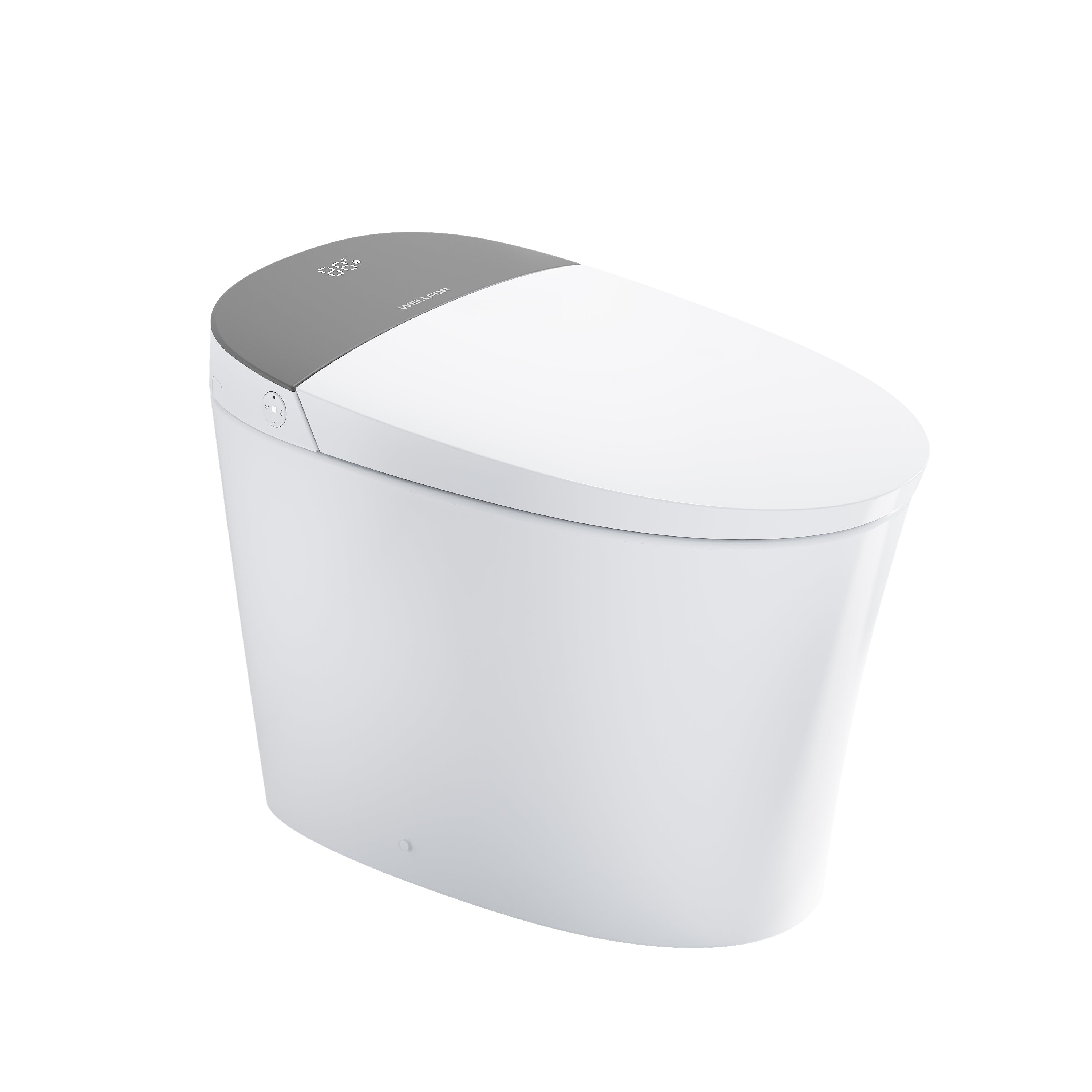
Leave a comment
This site is protected by hCaptcha and the hCaptcha Privacy Policy and Terms of Service apply.